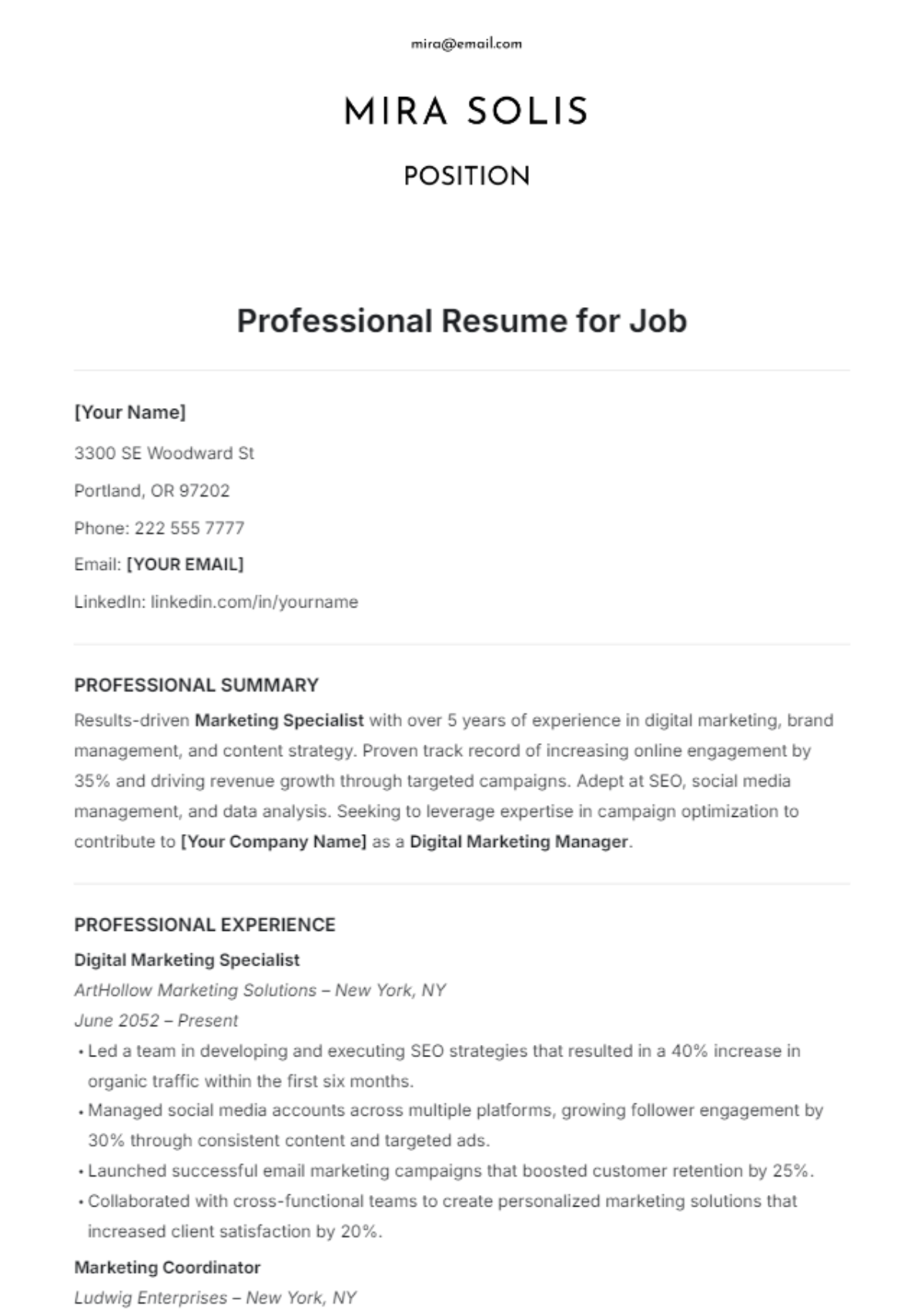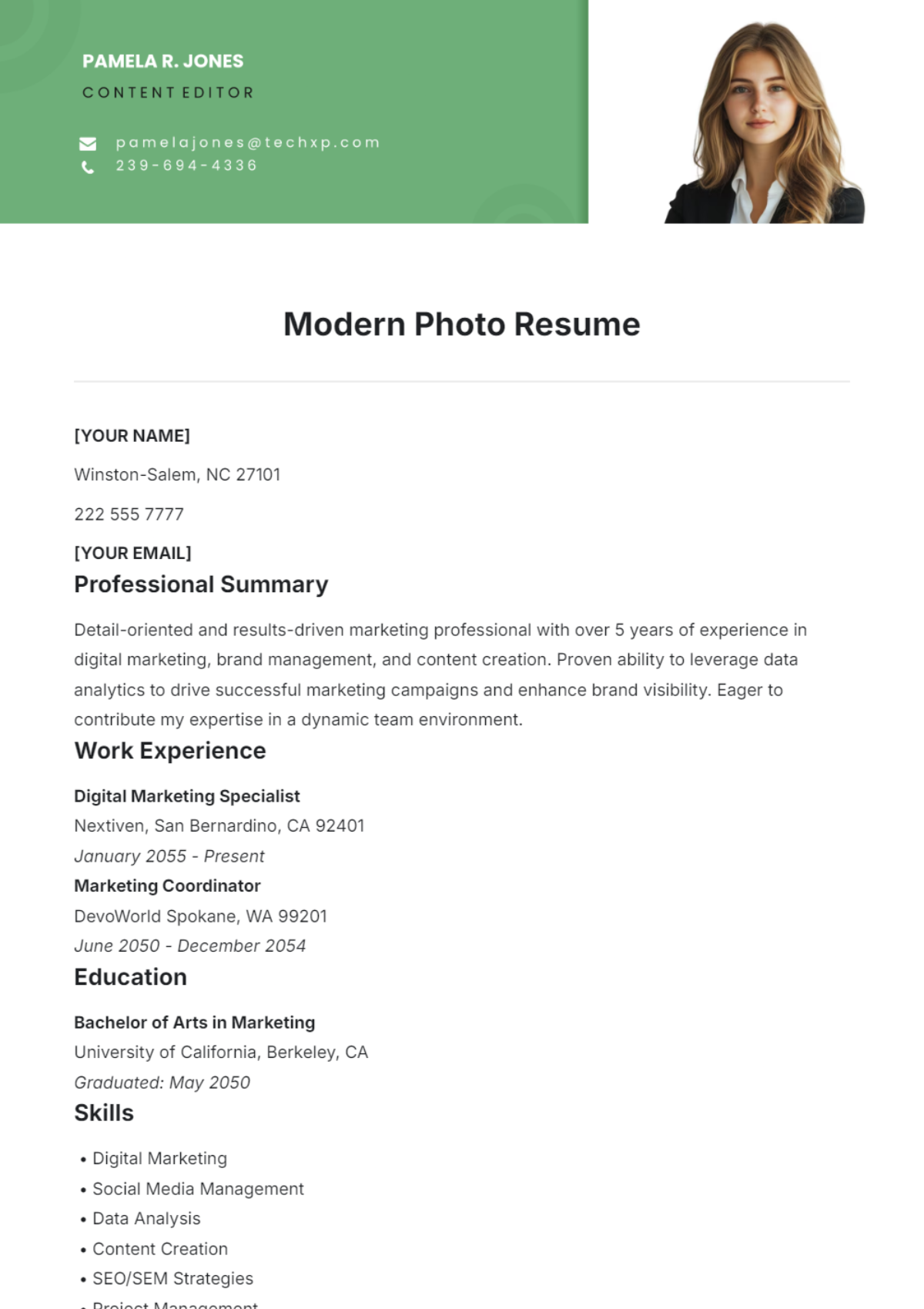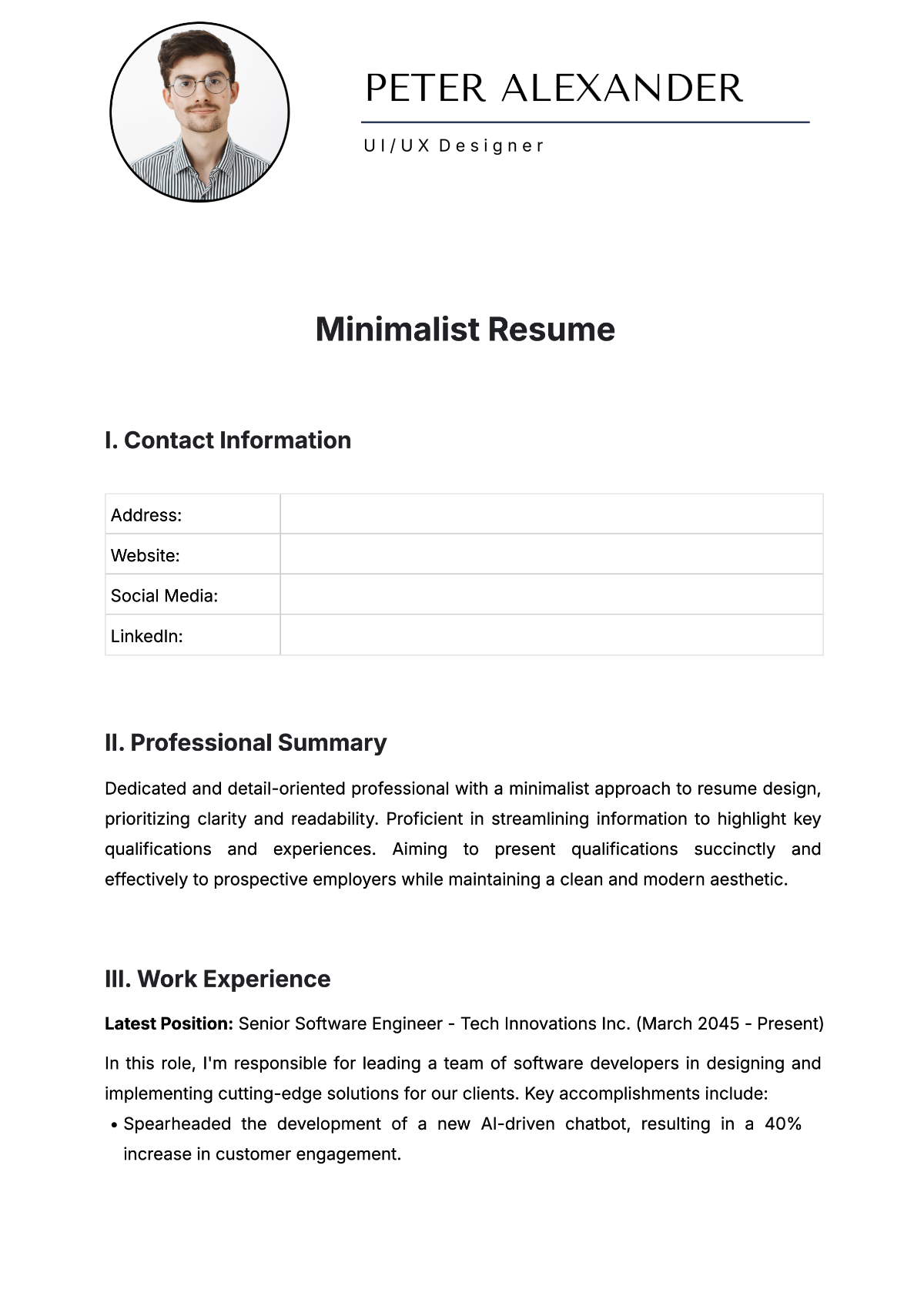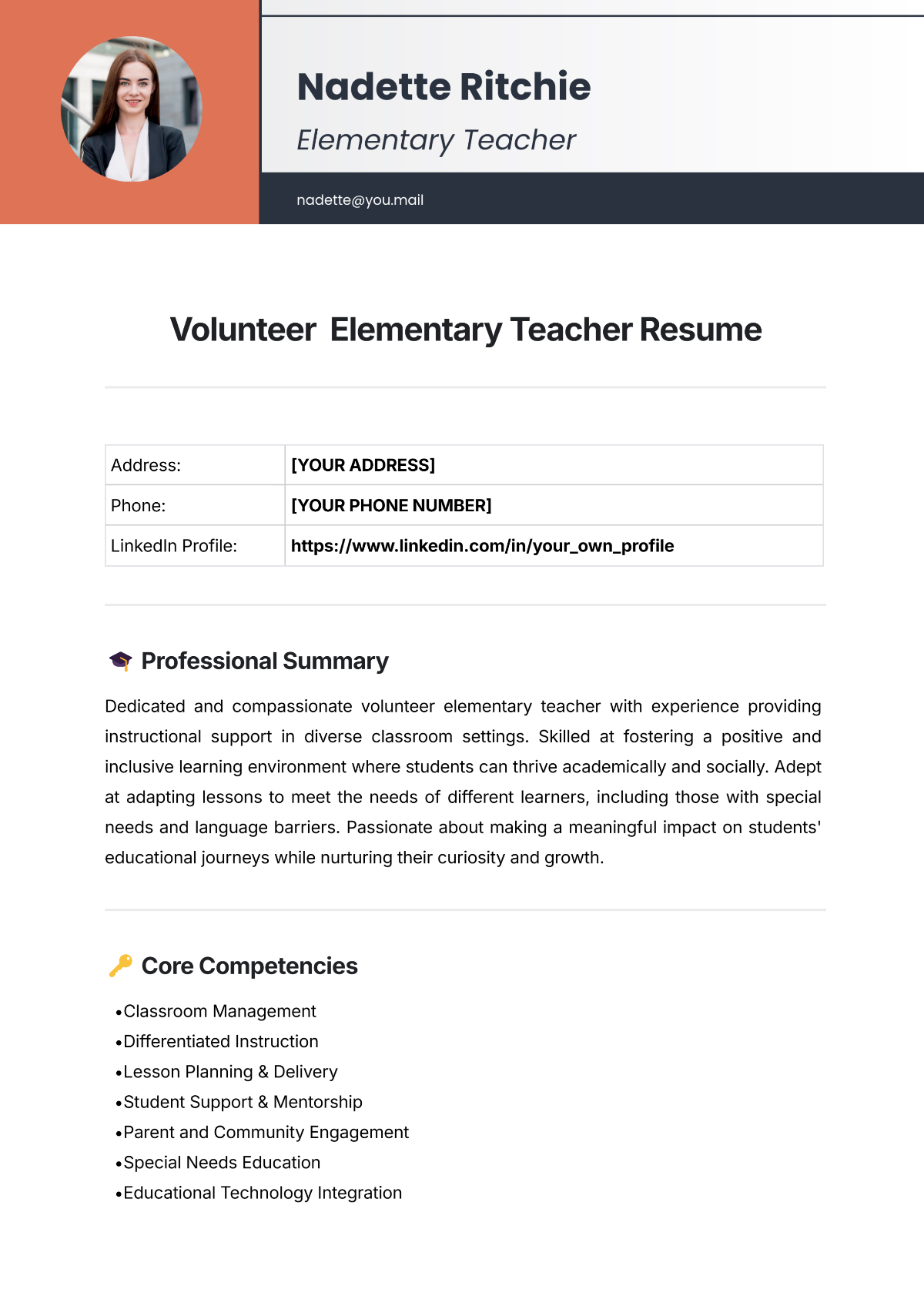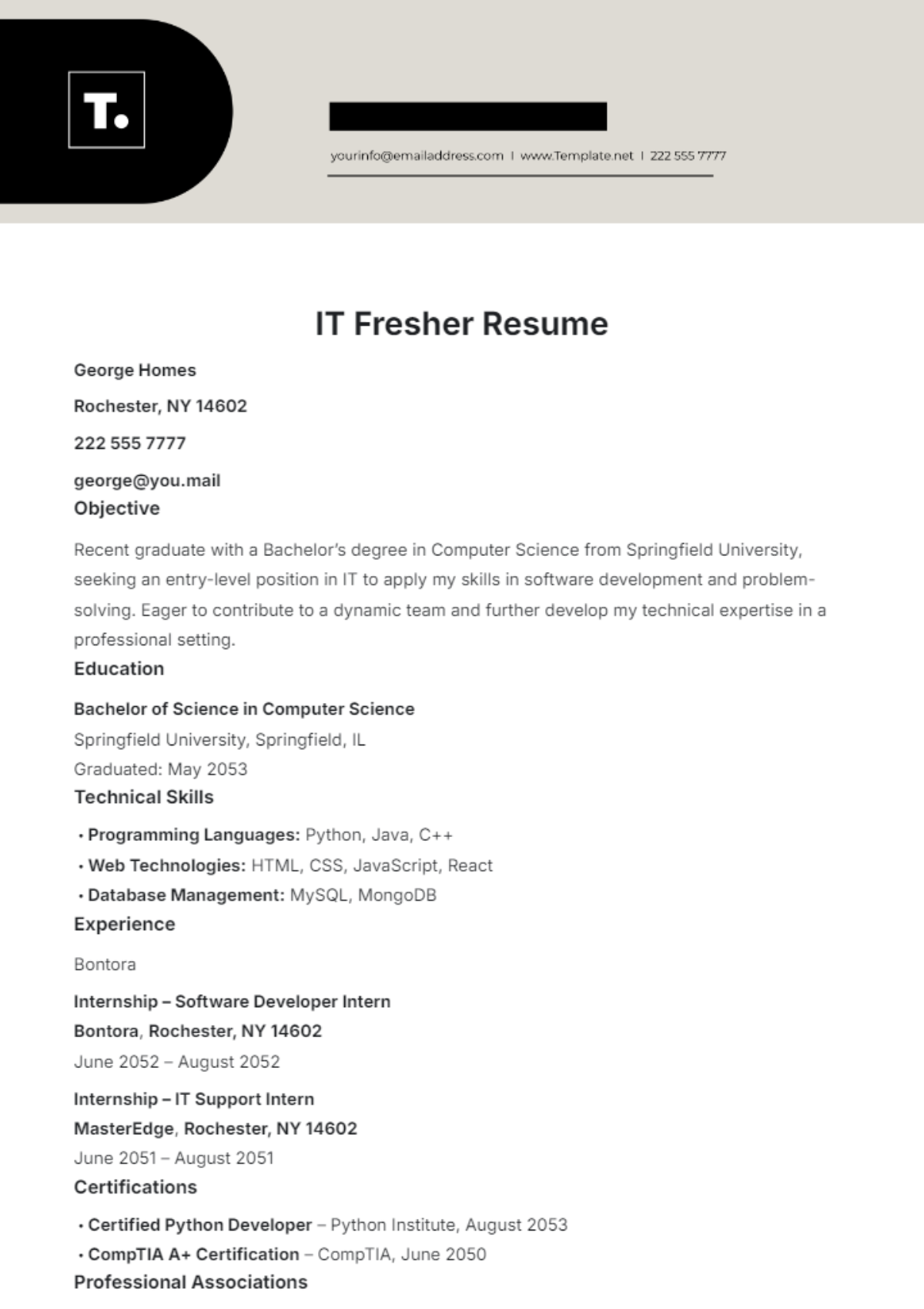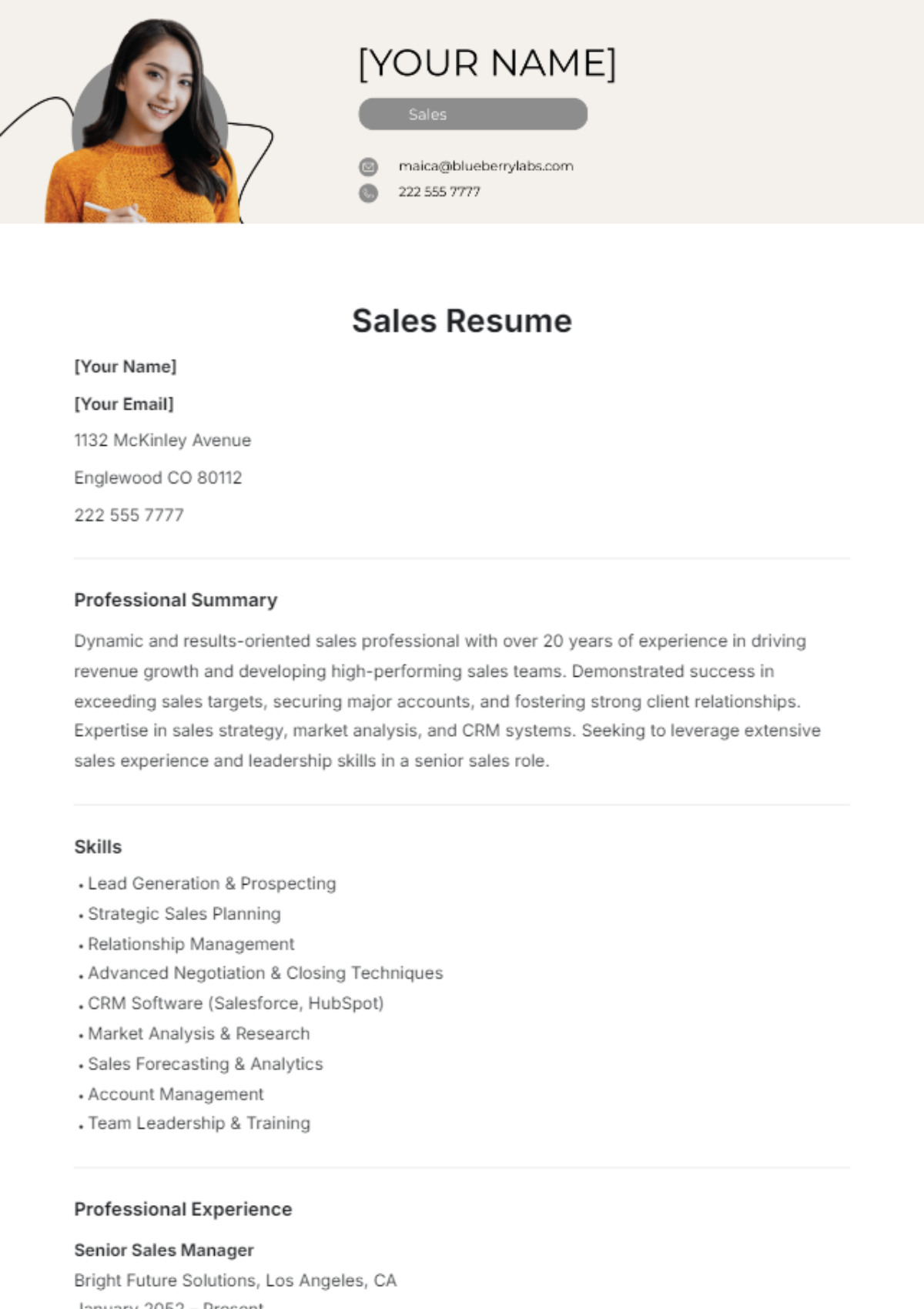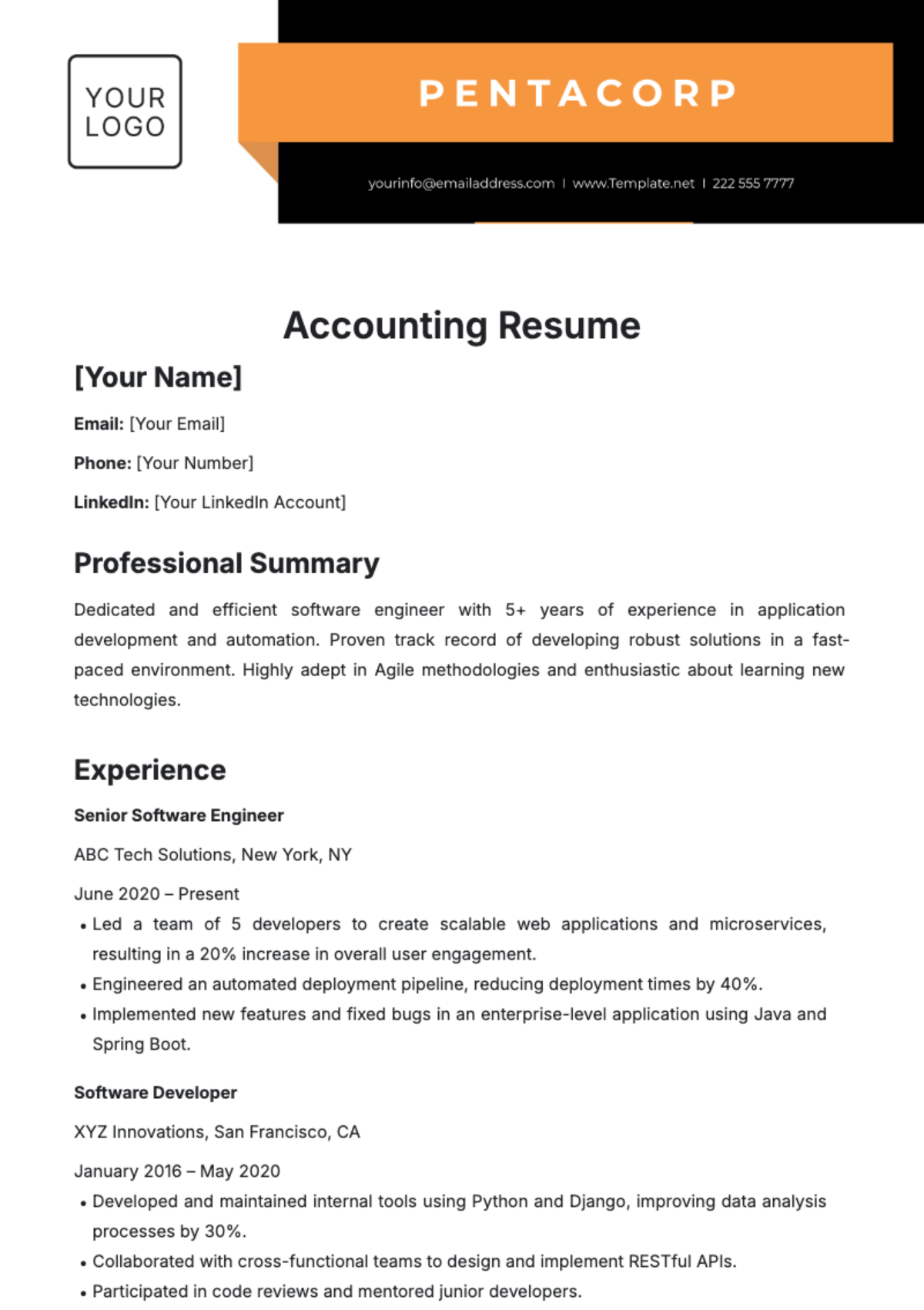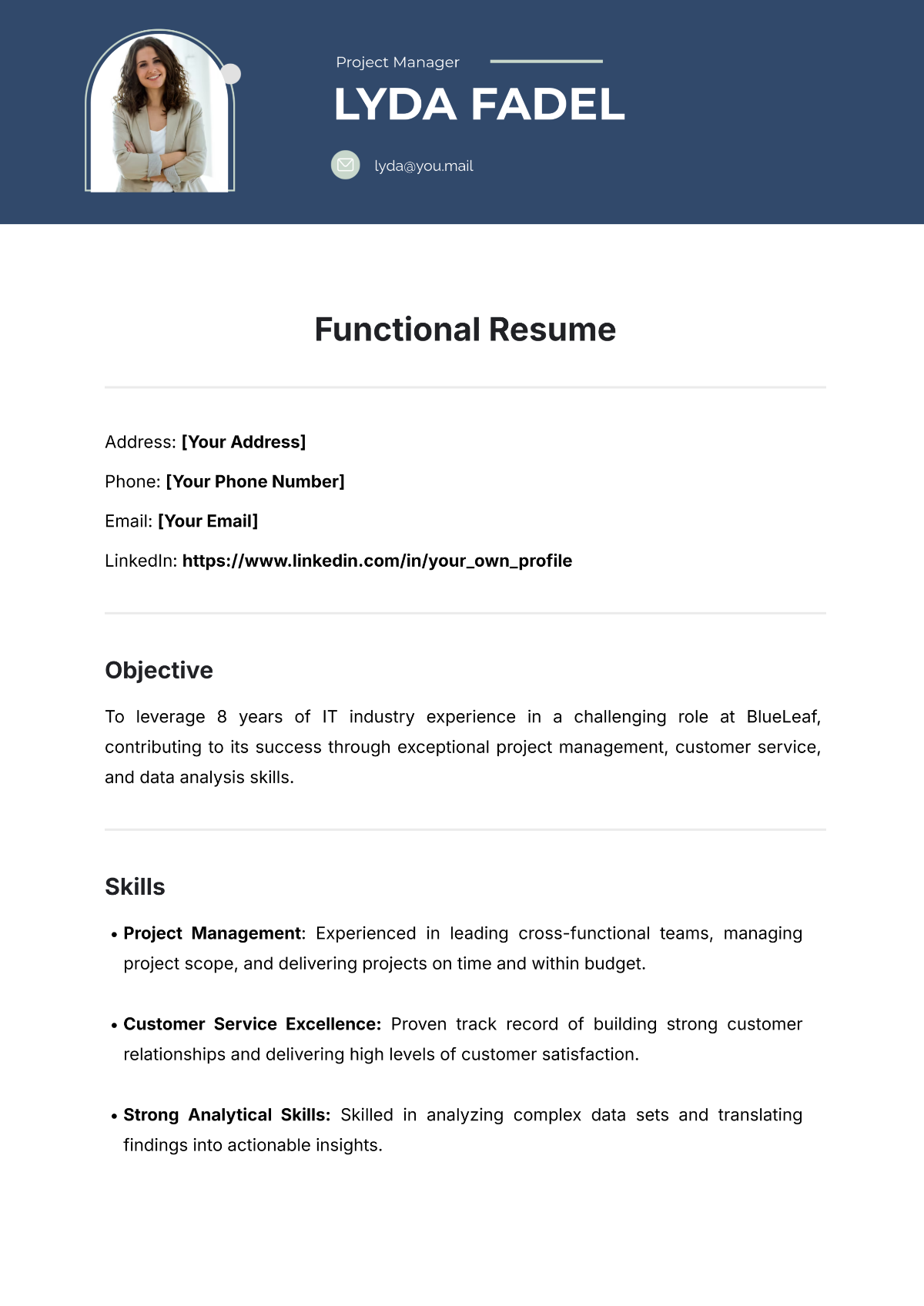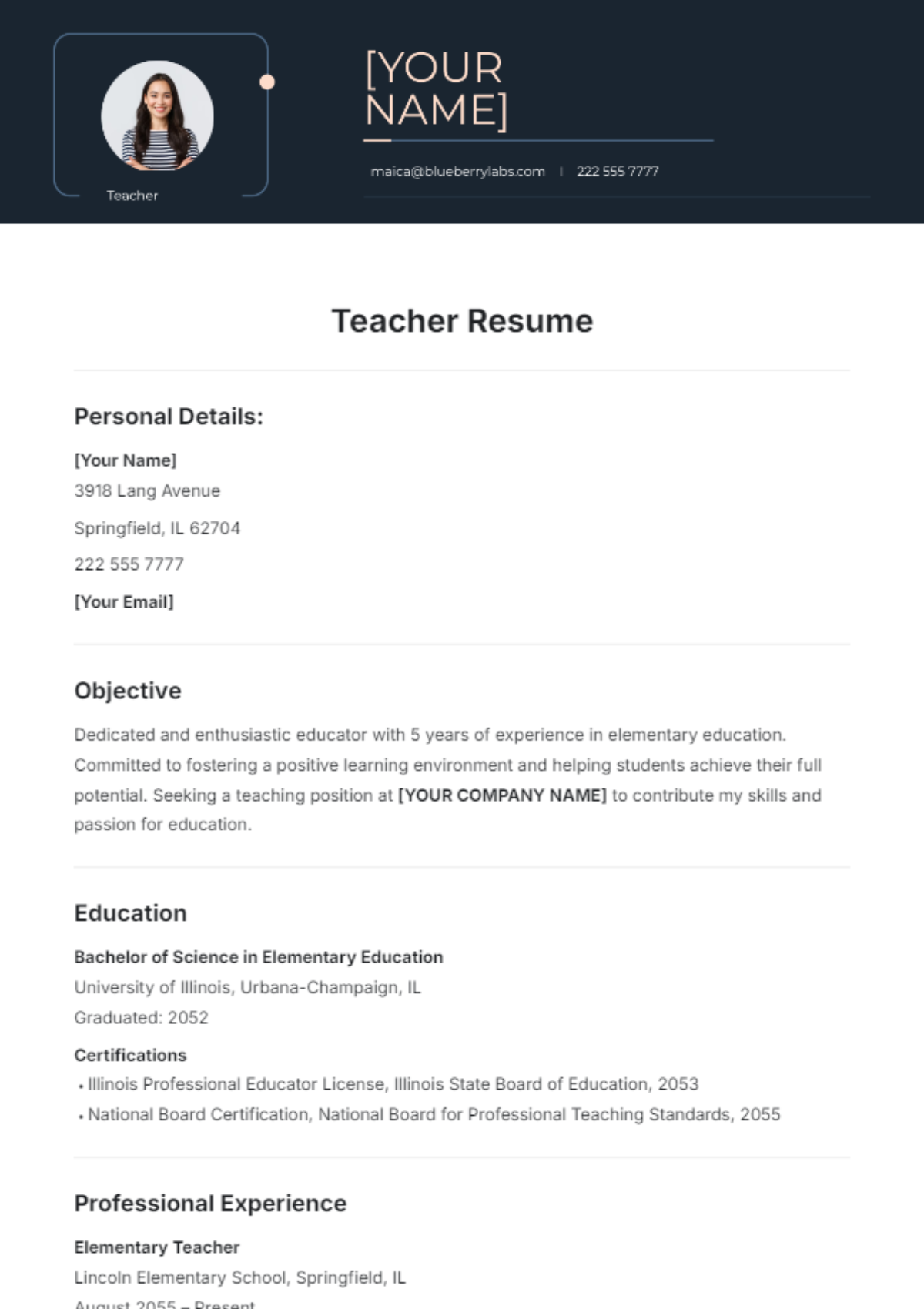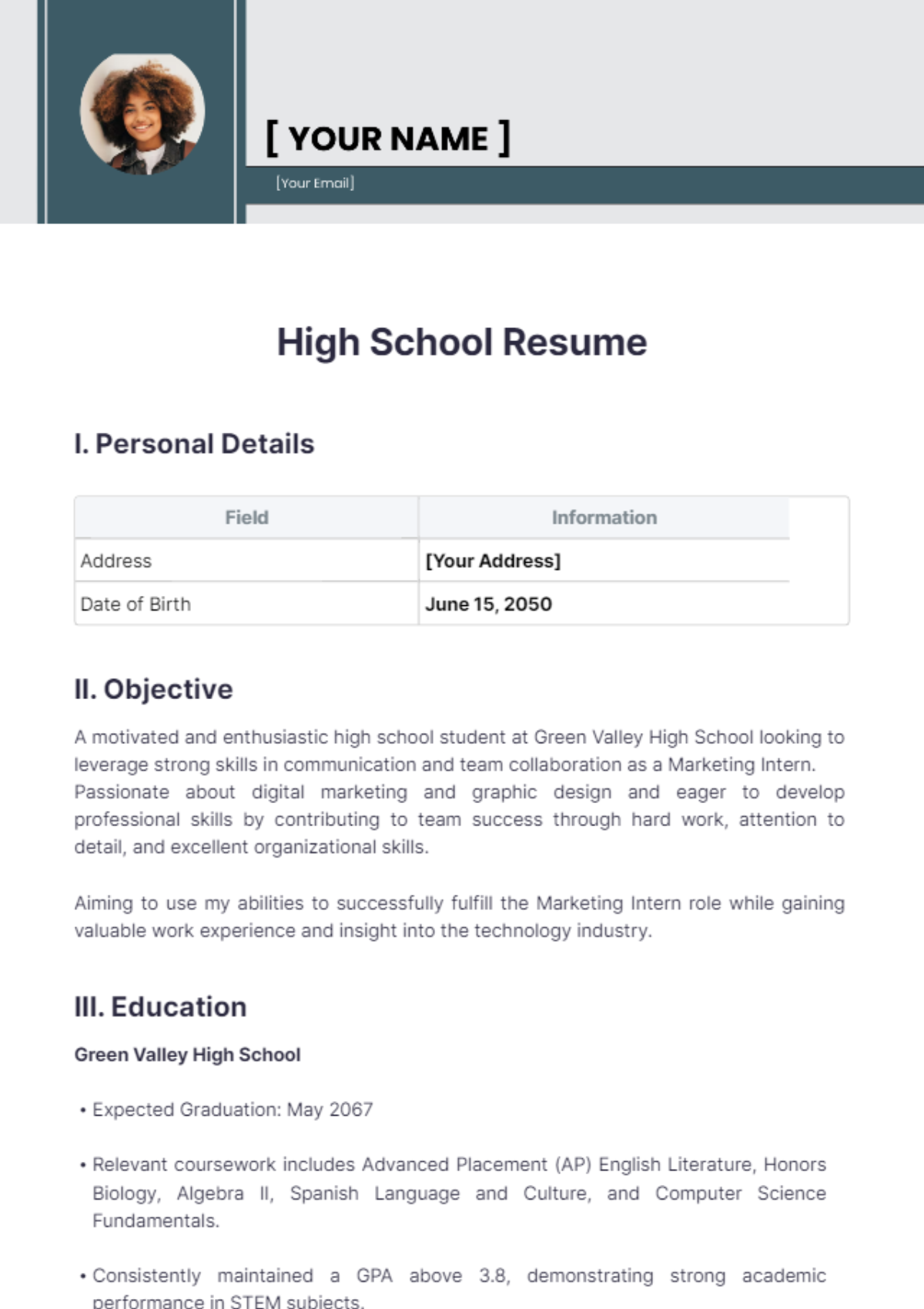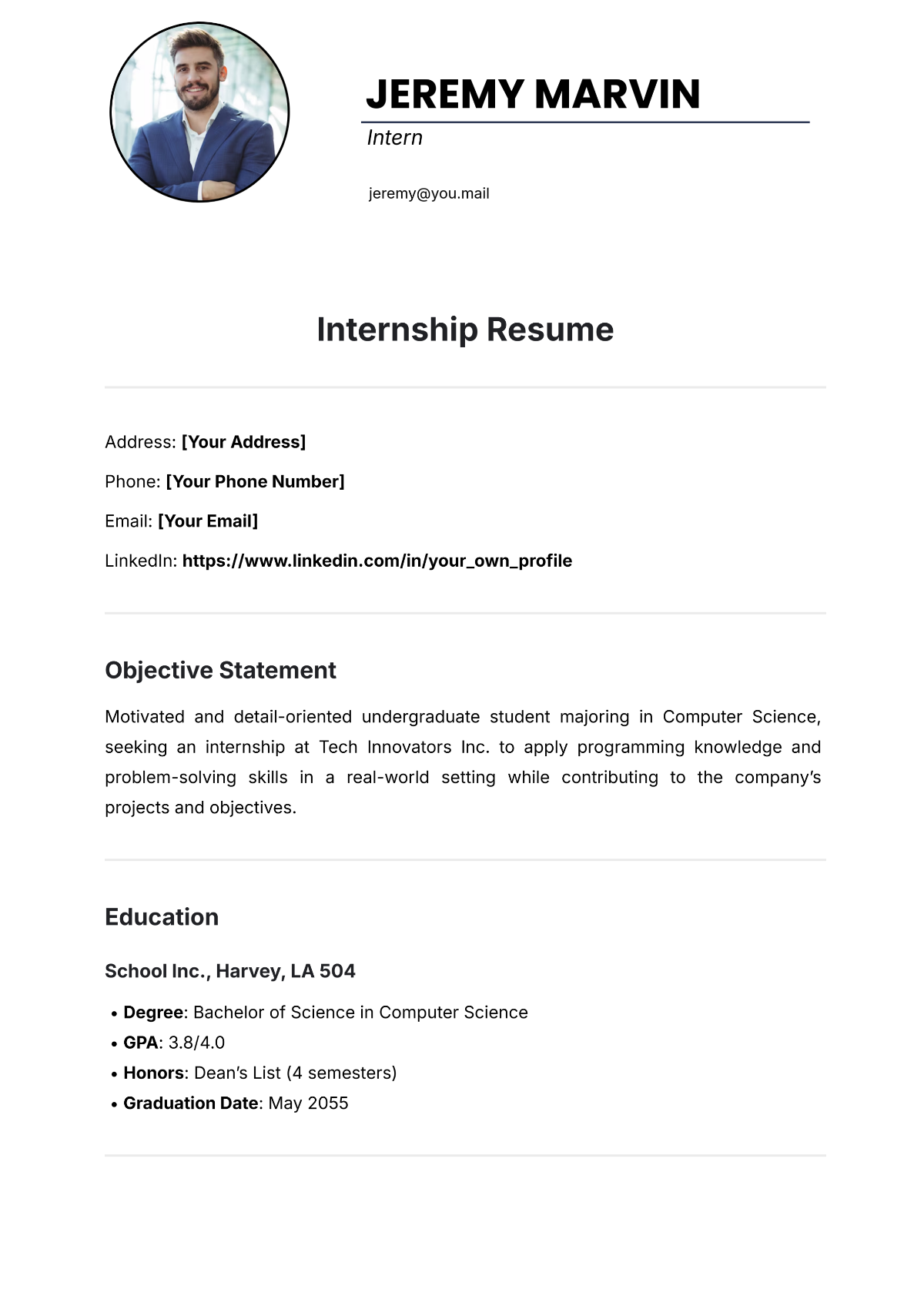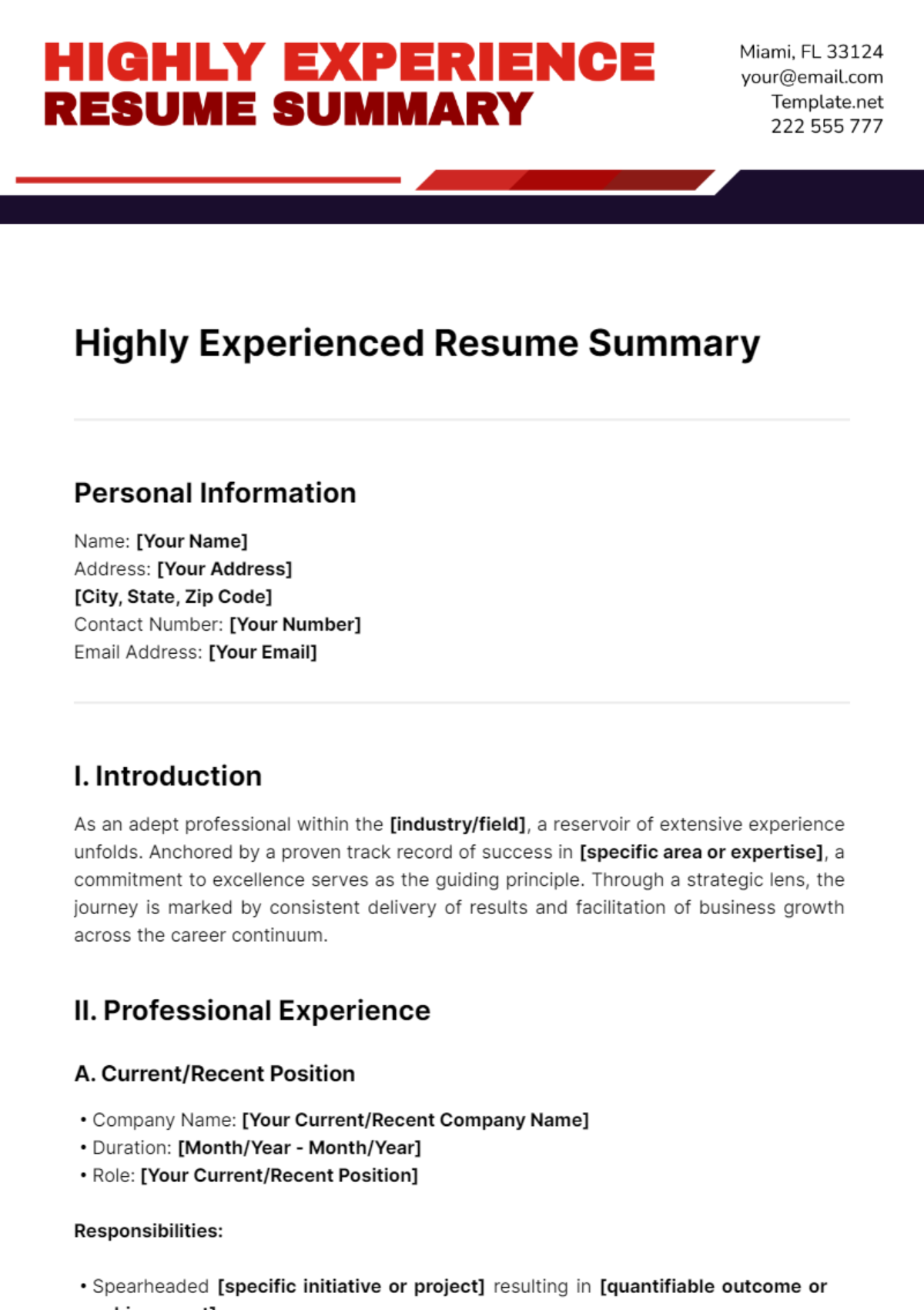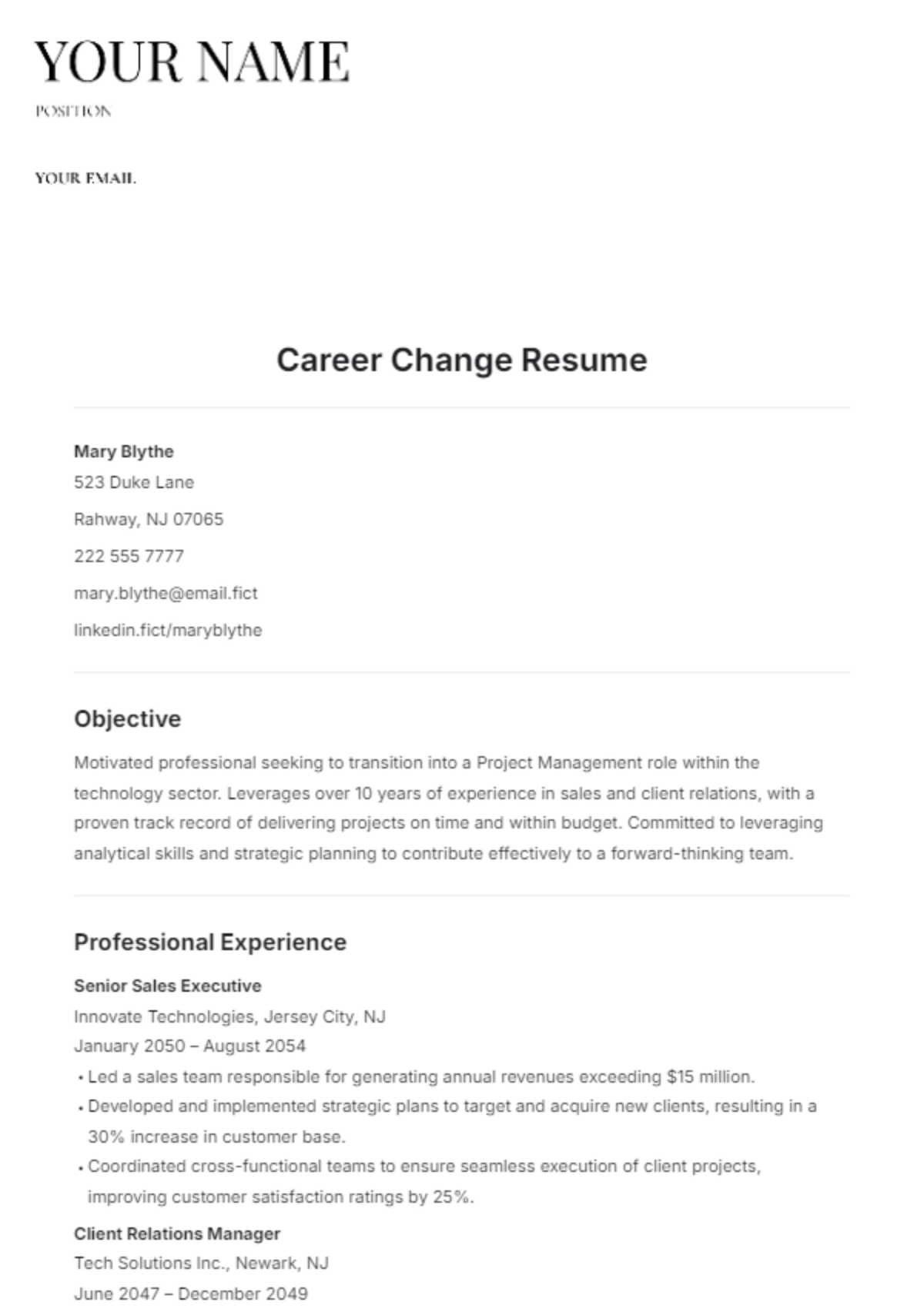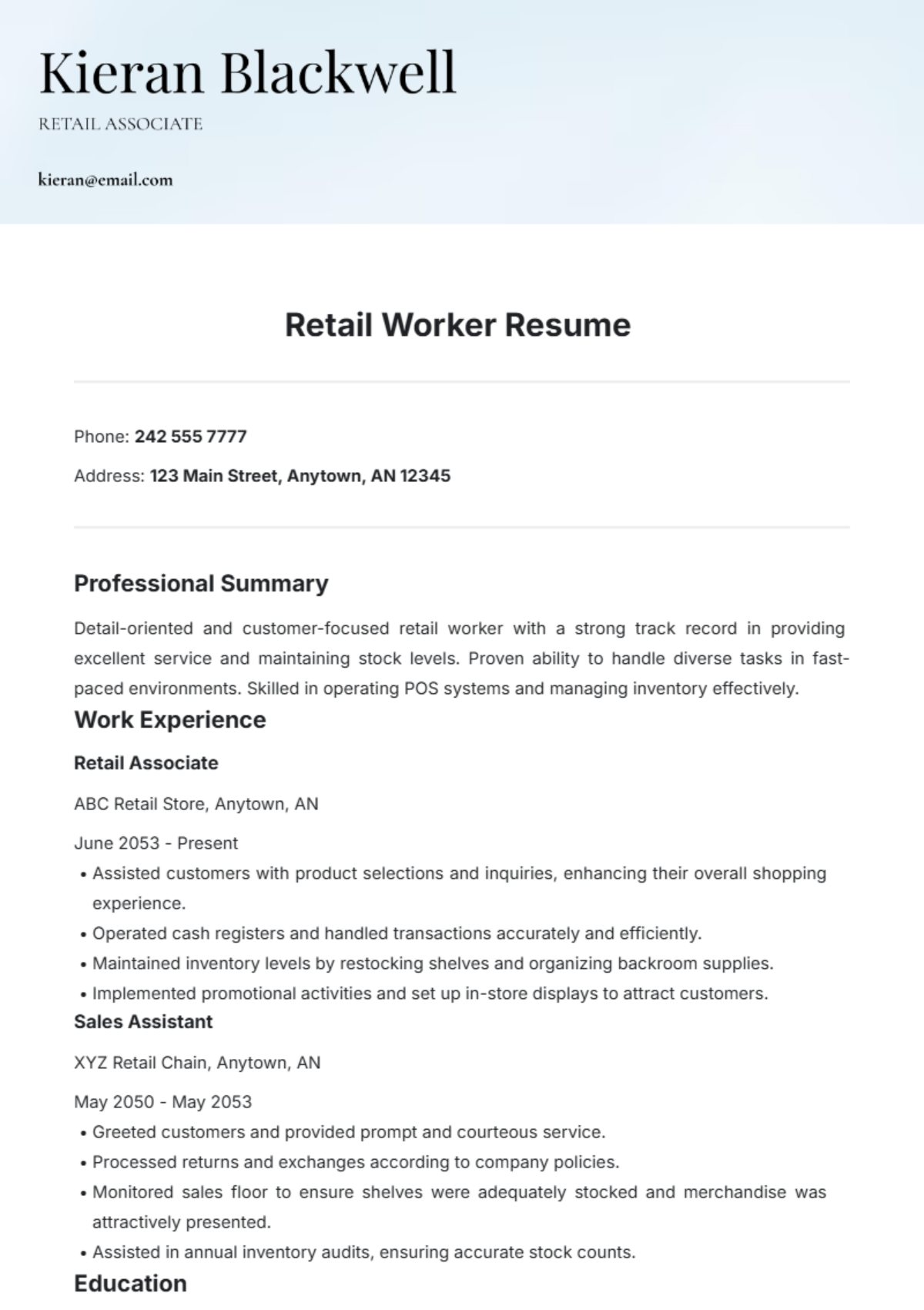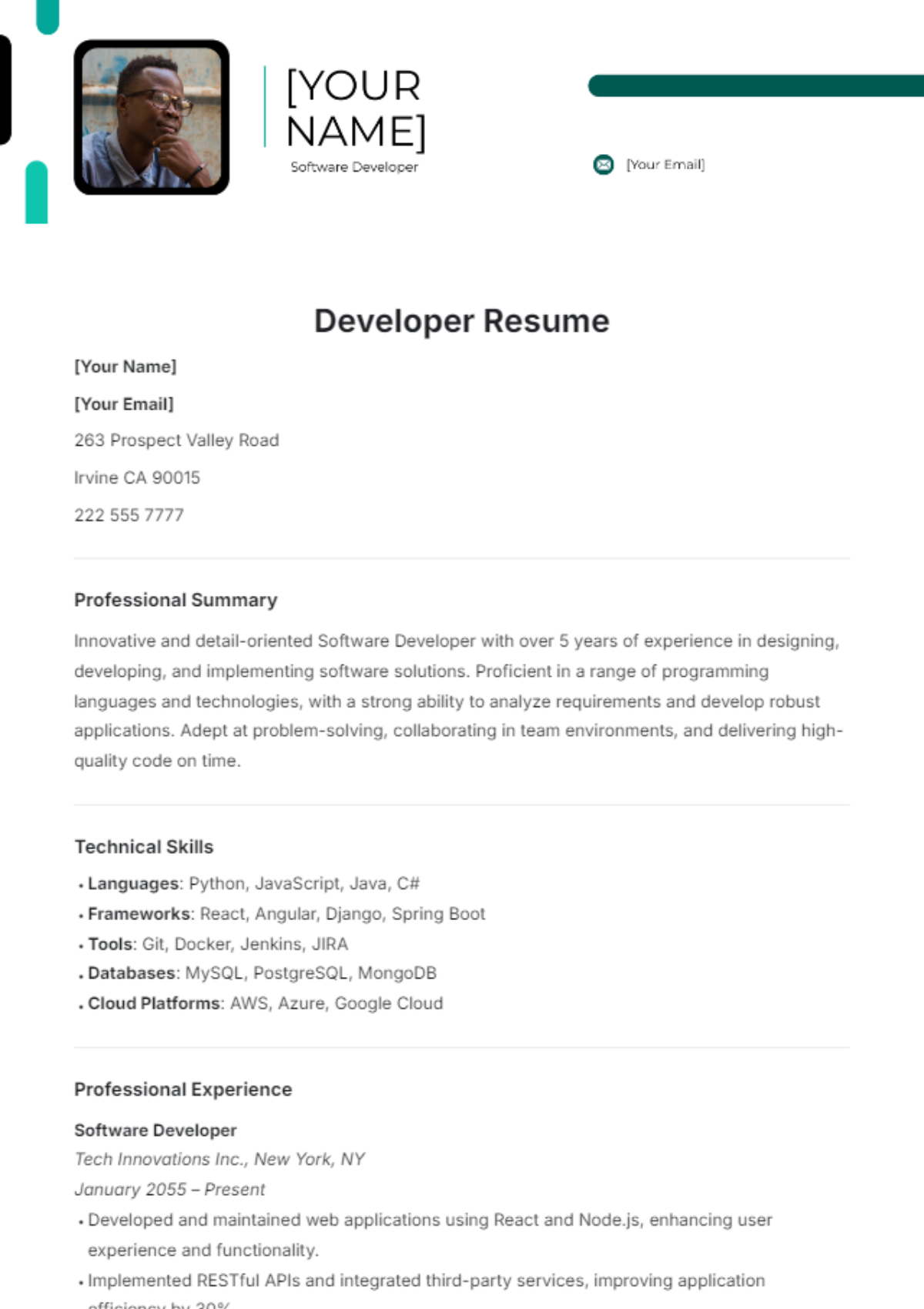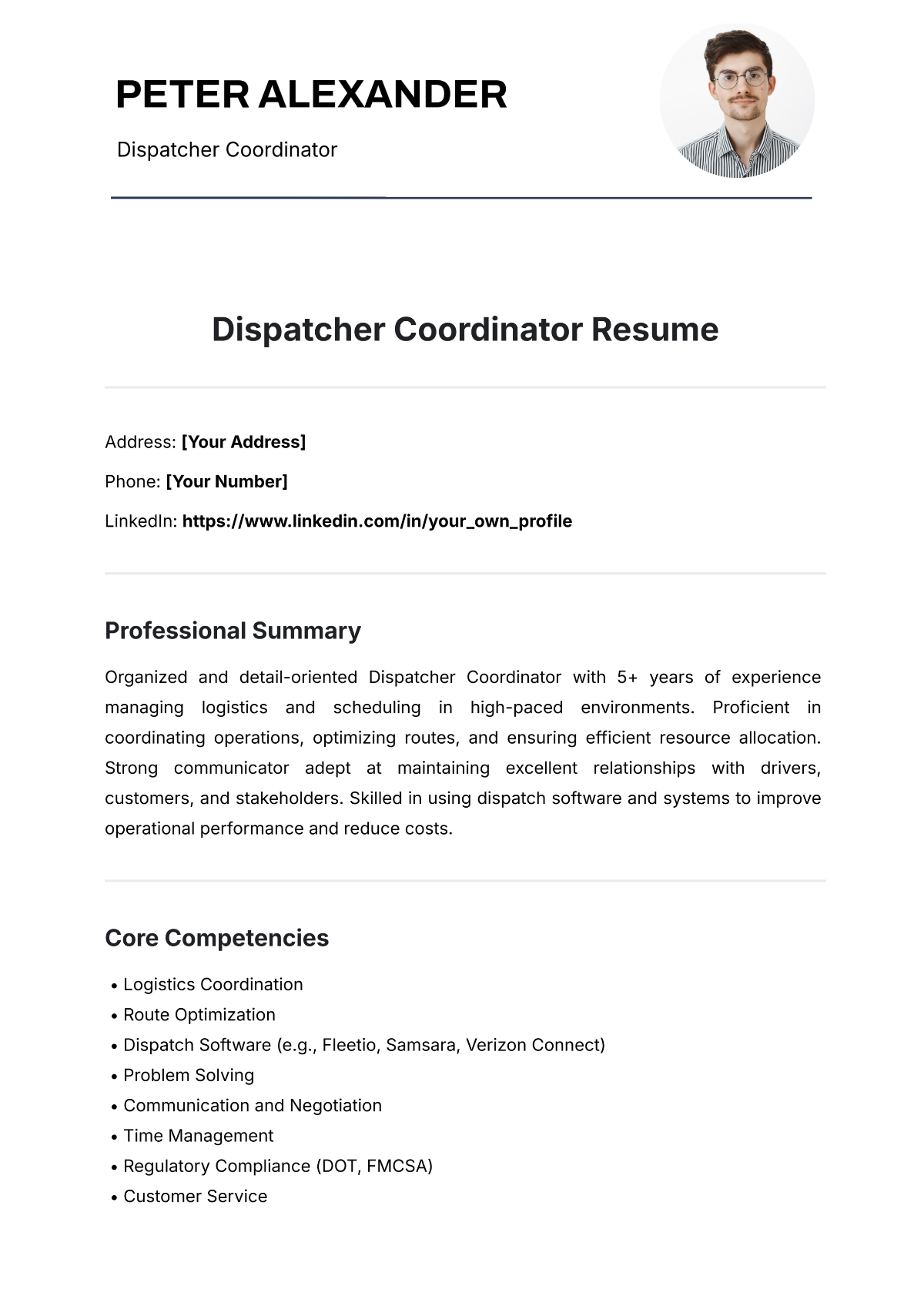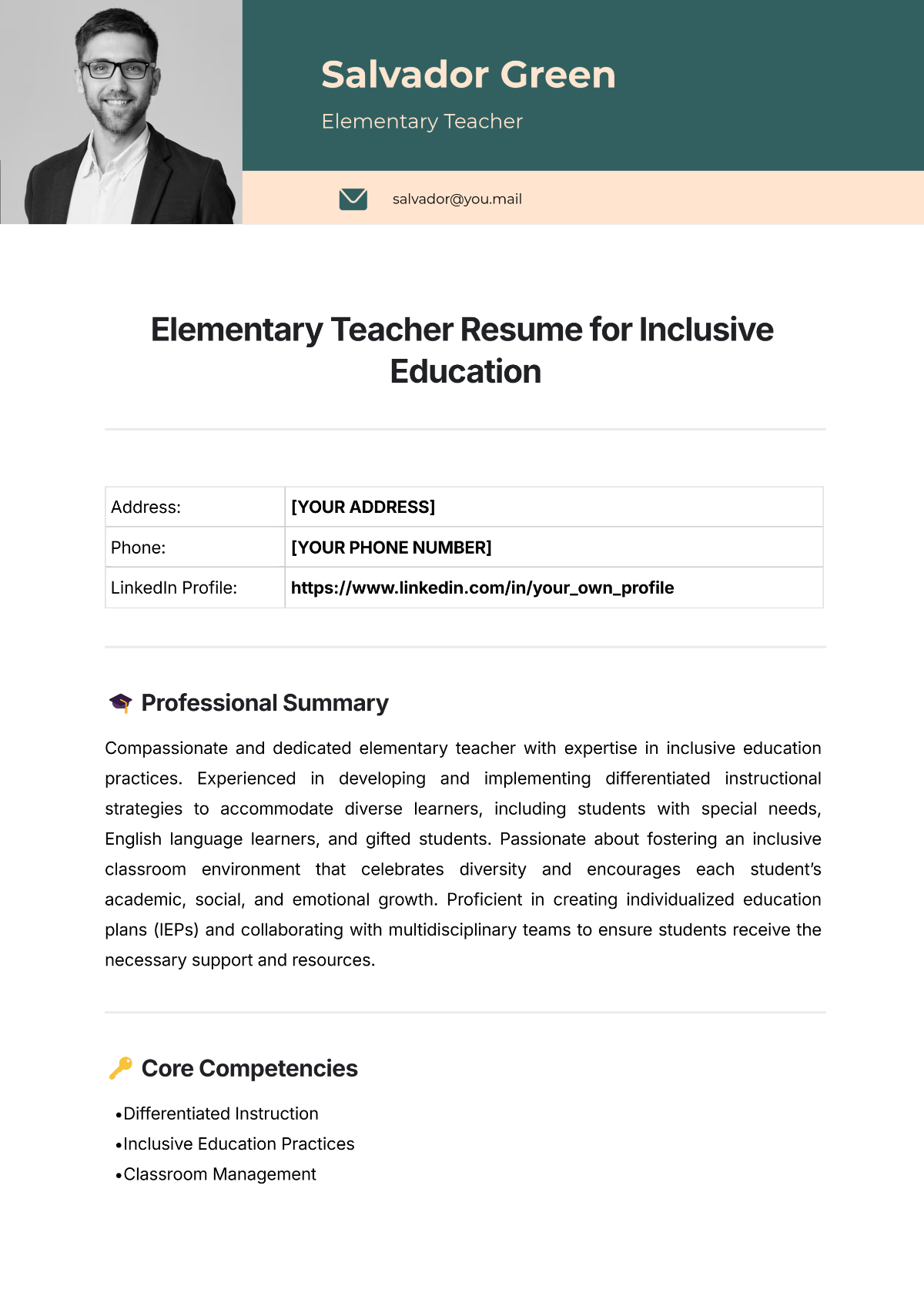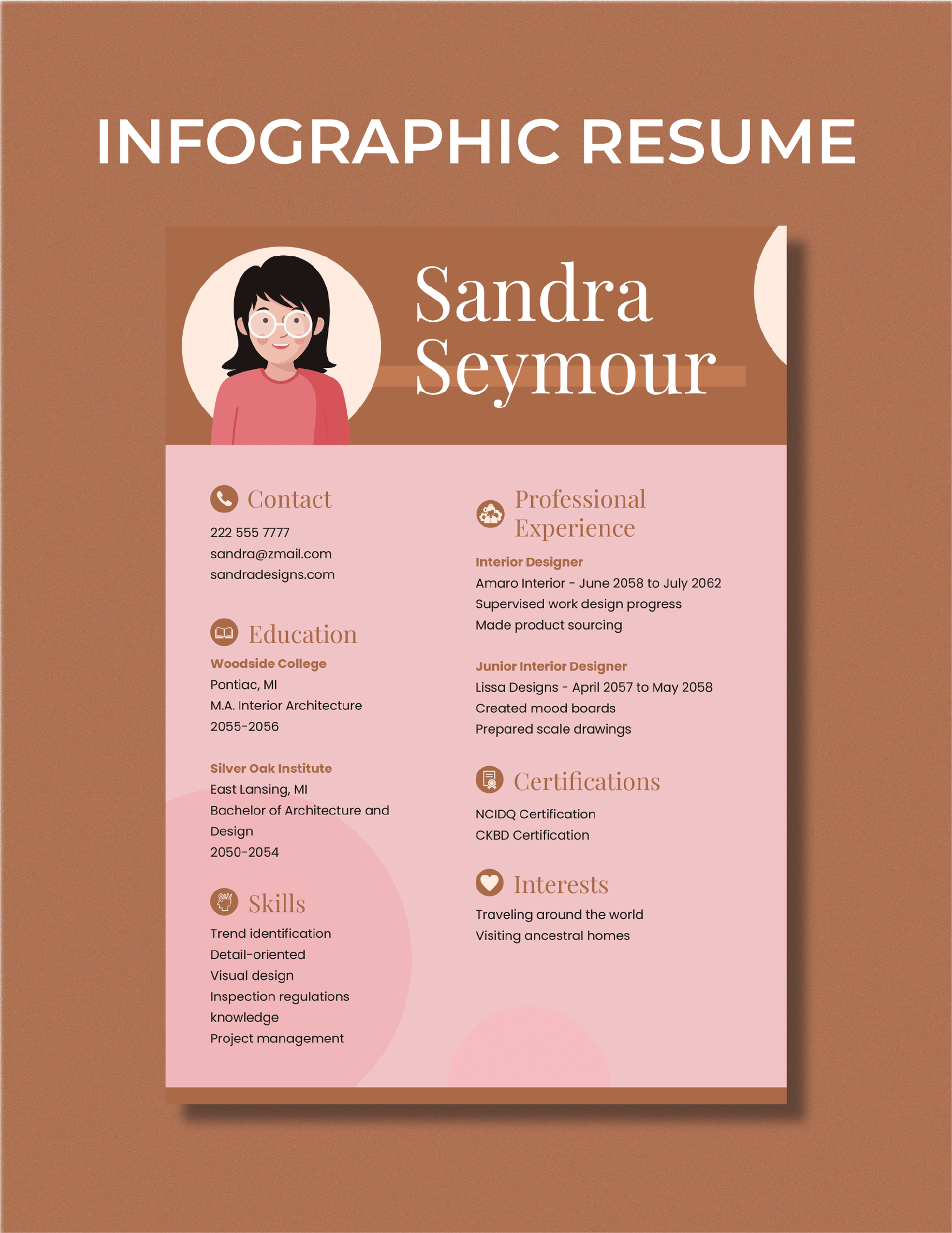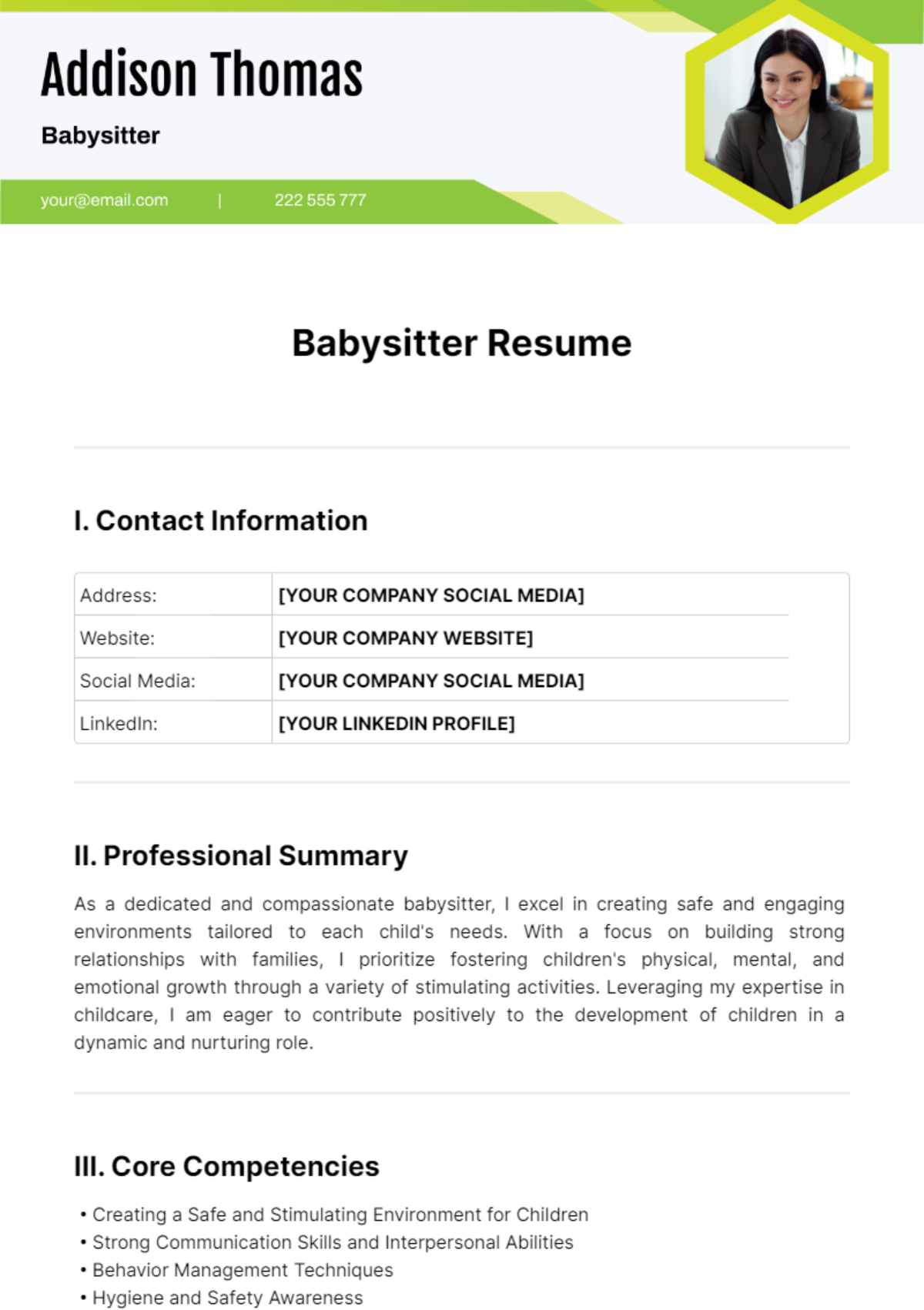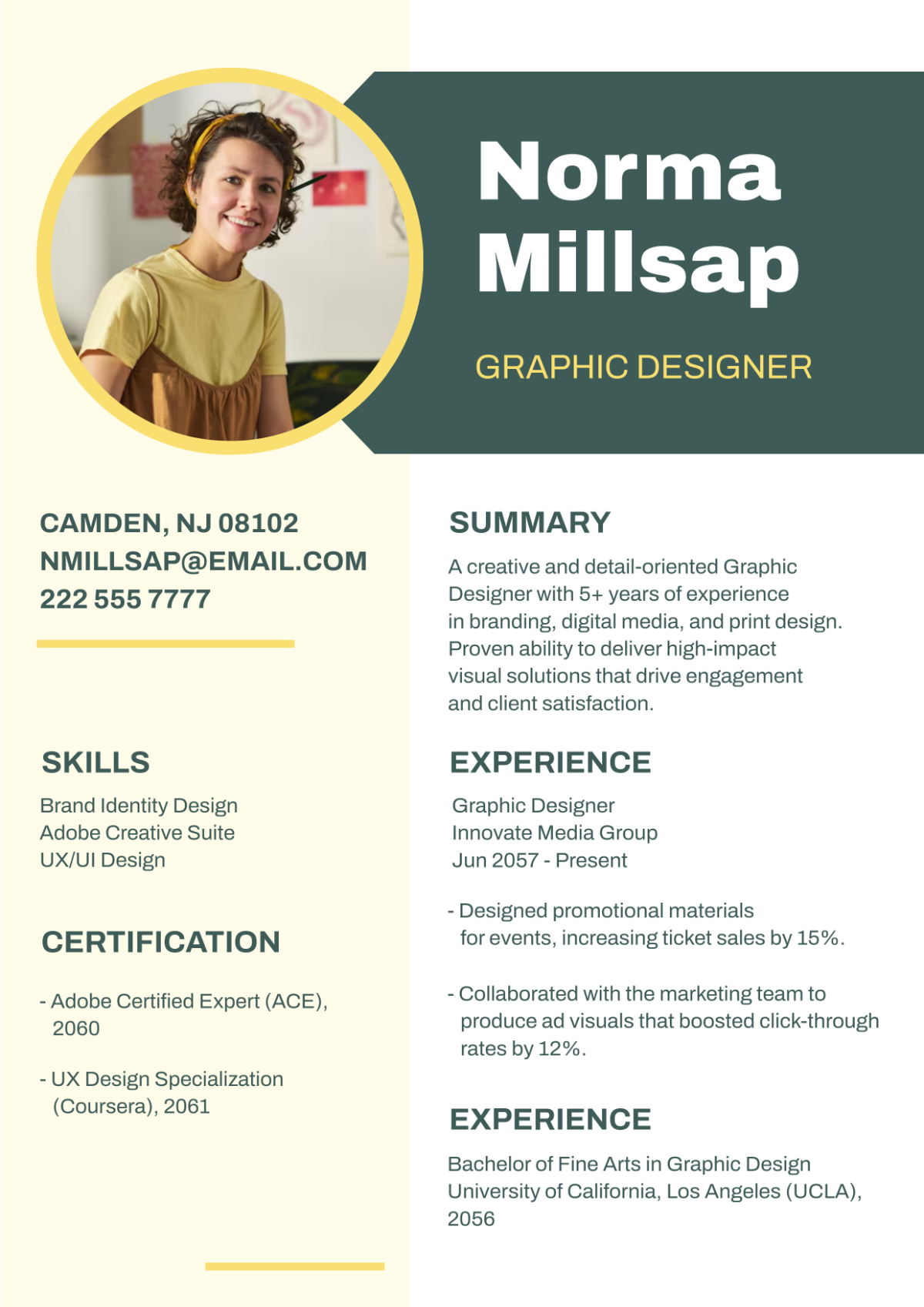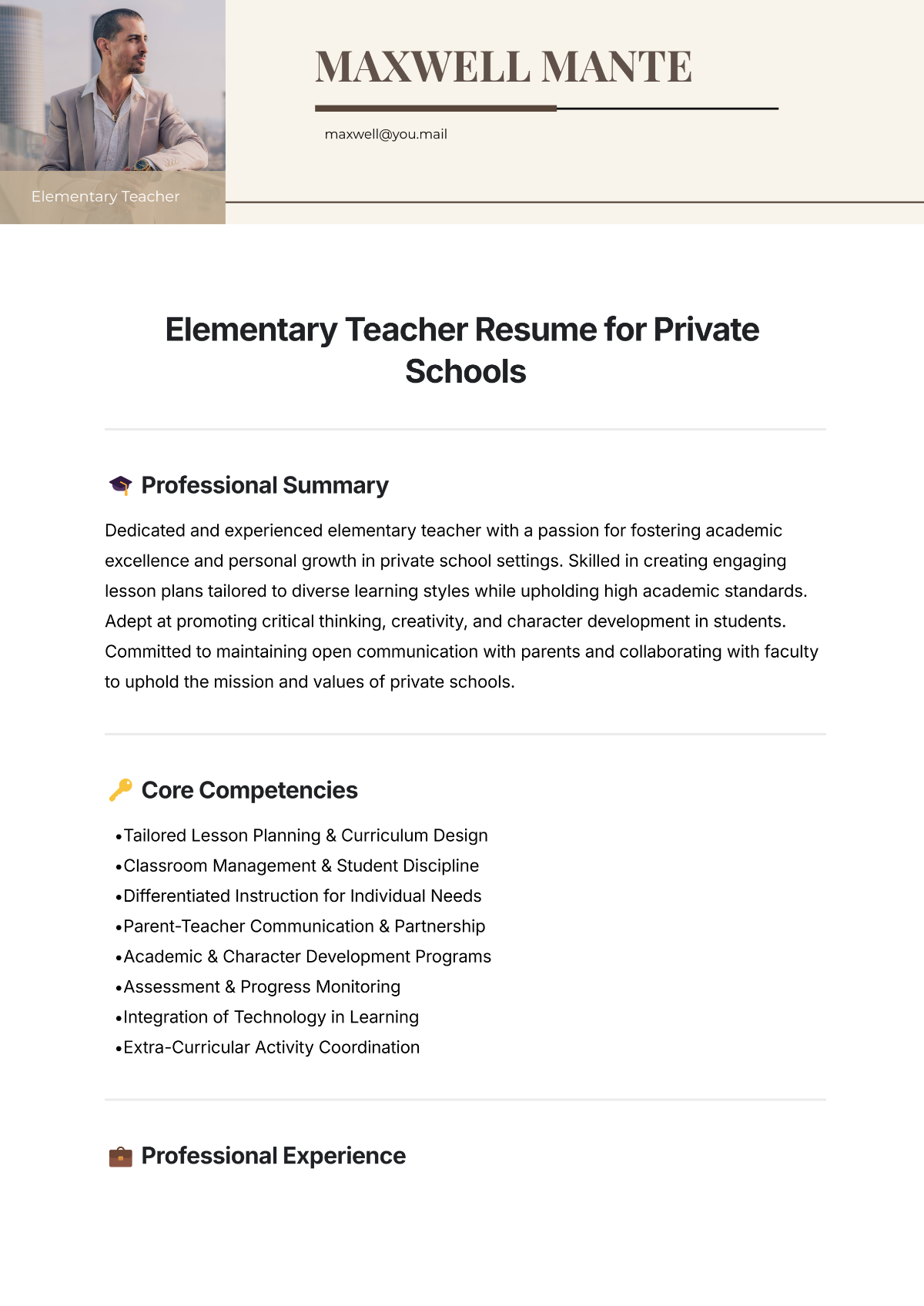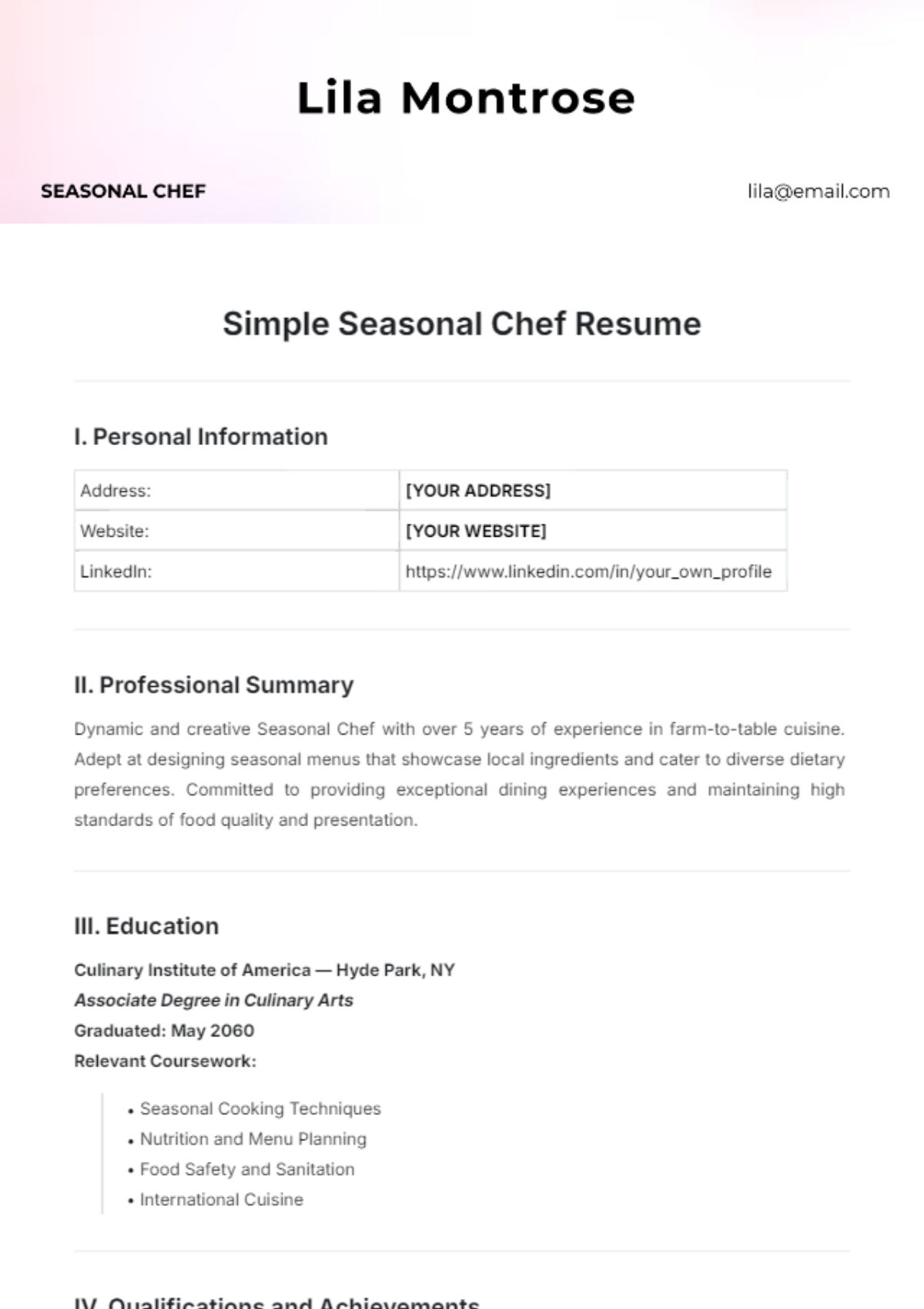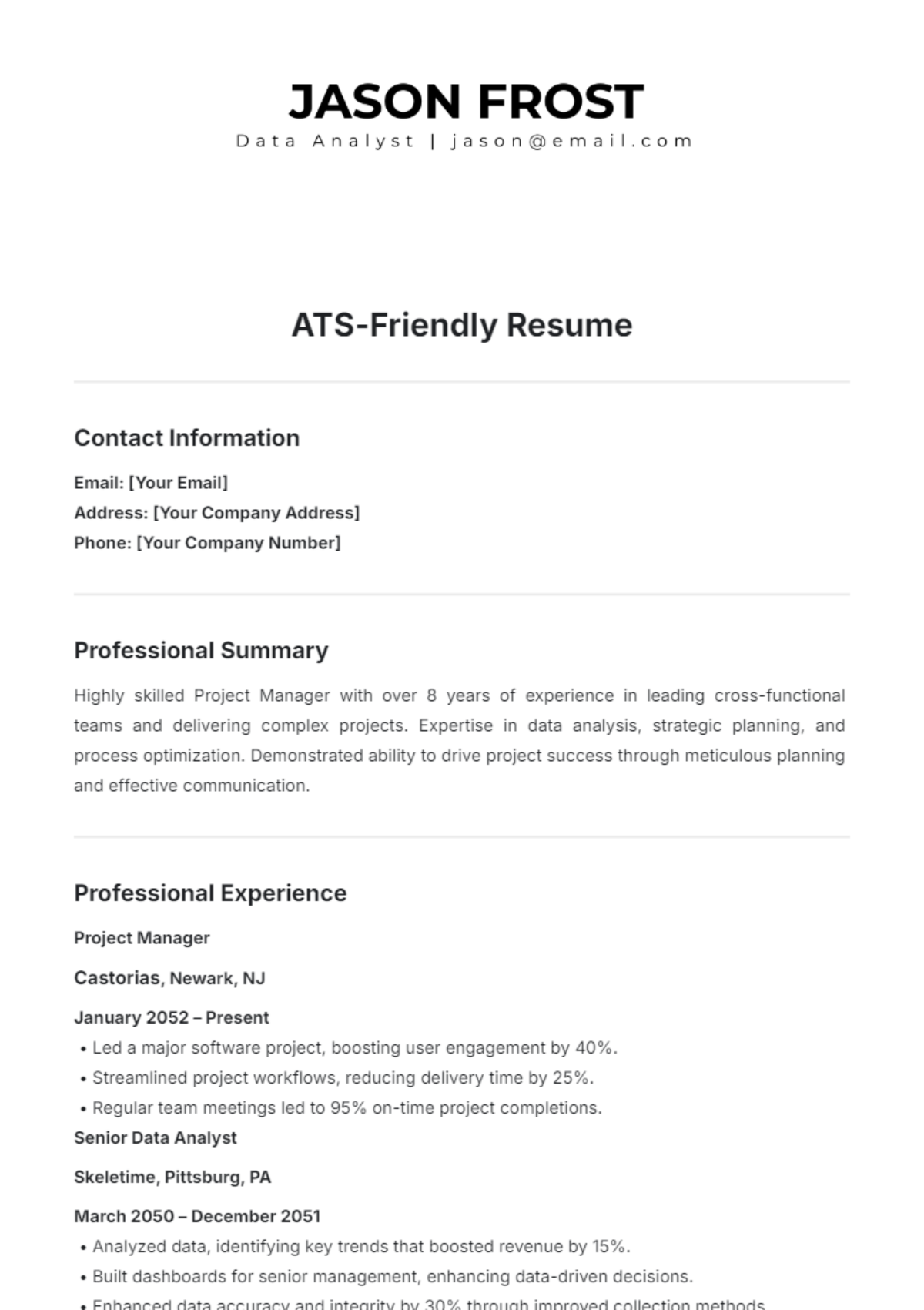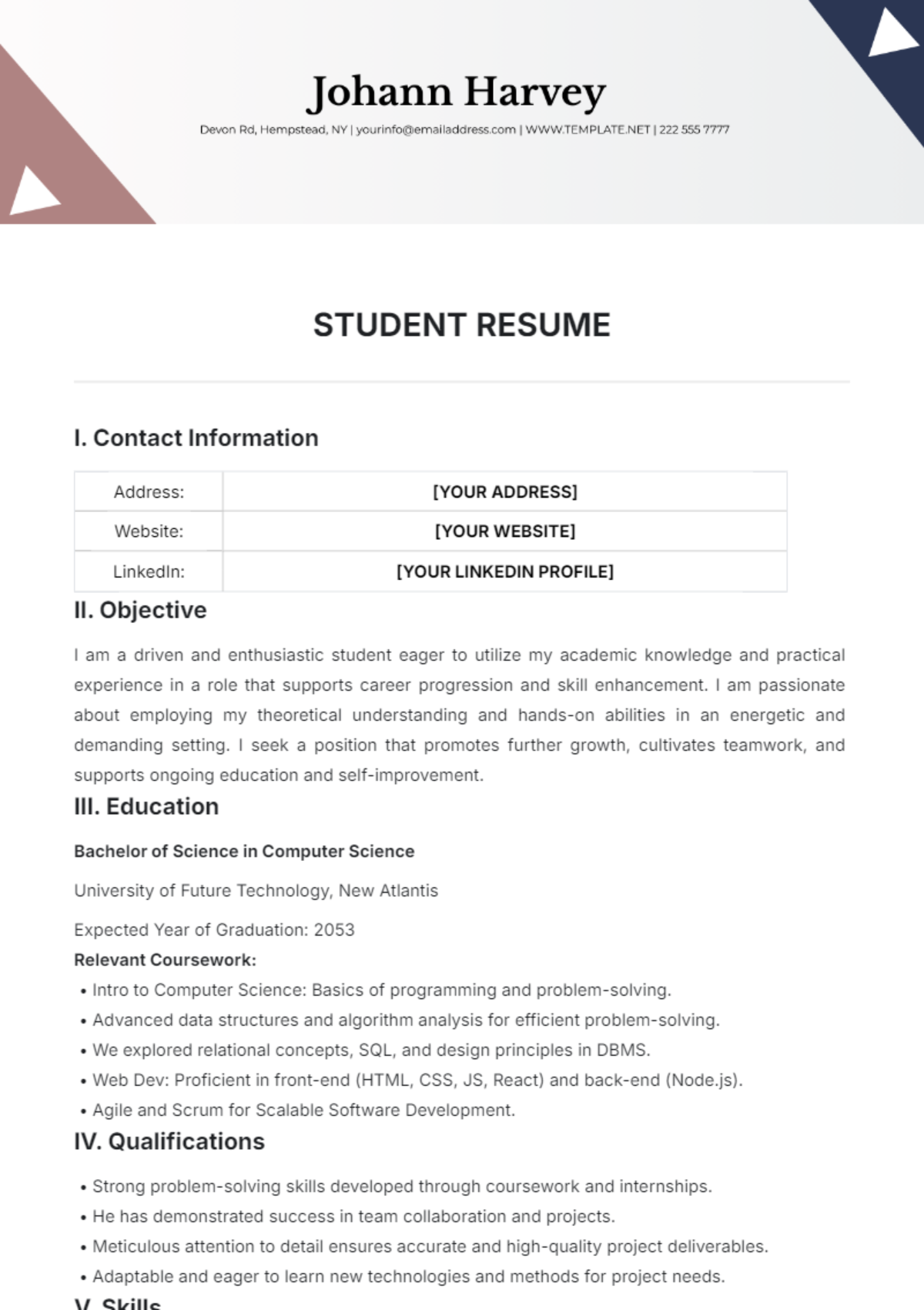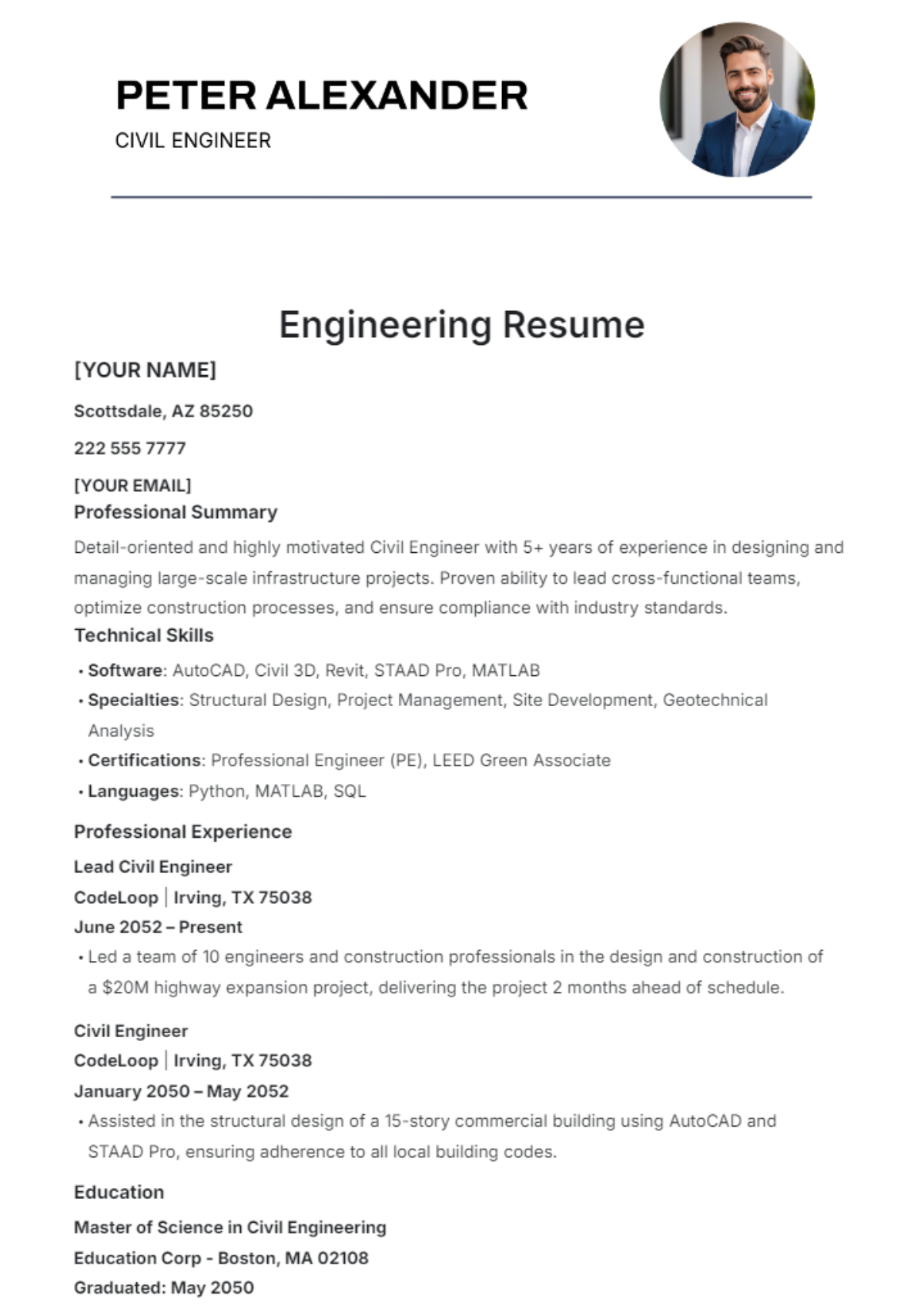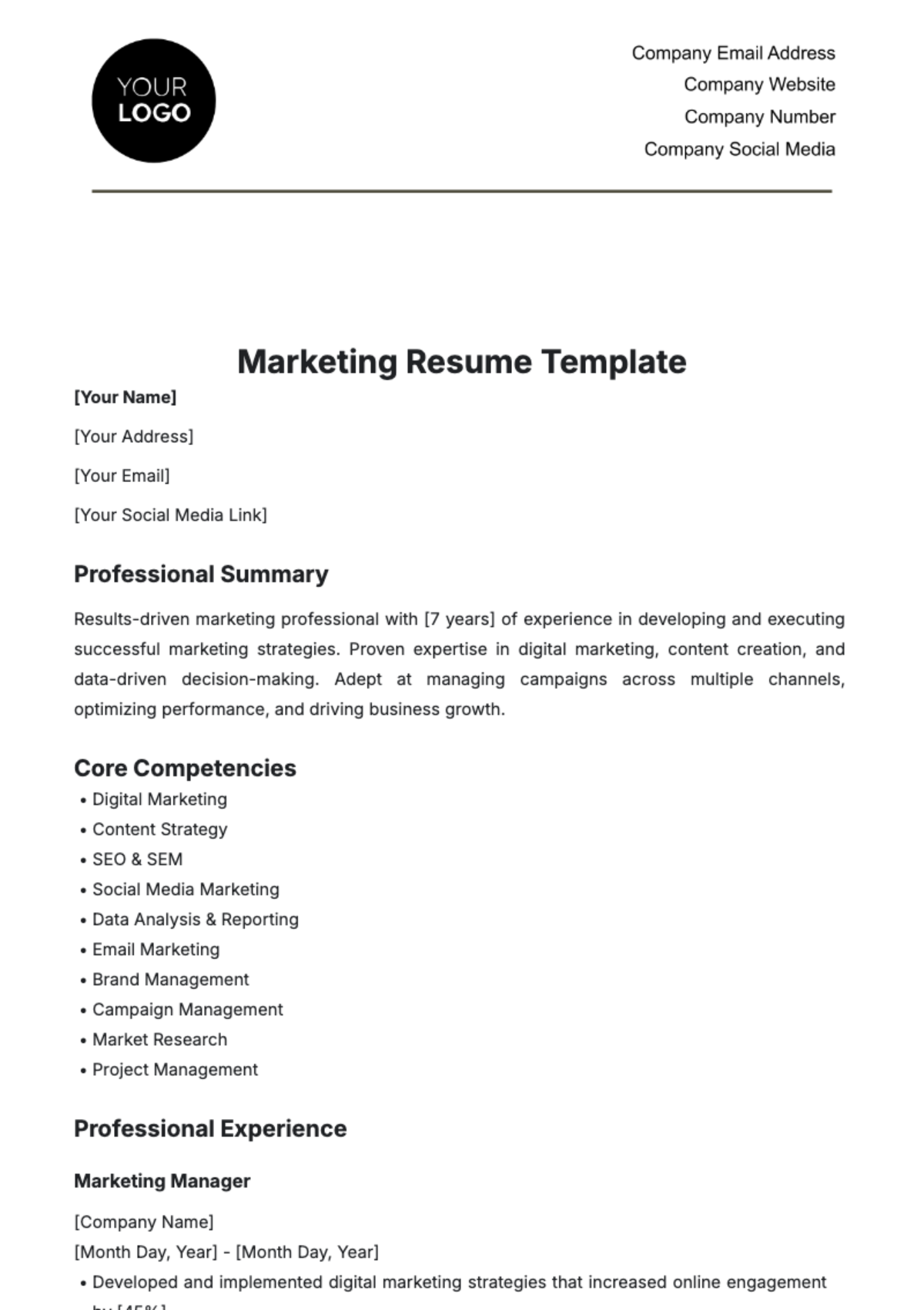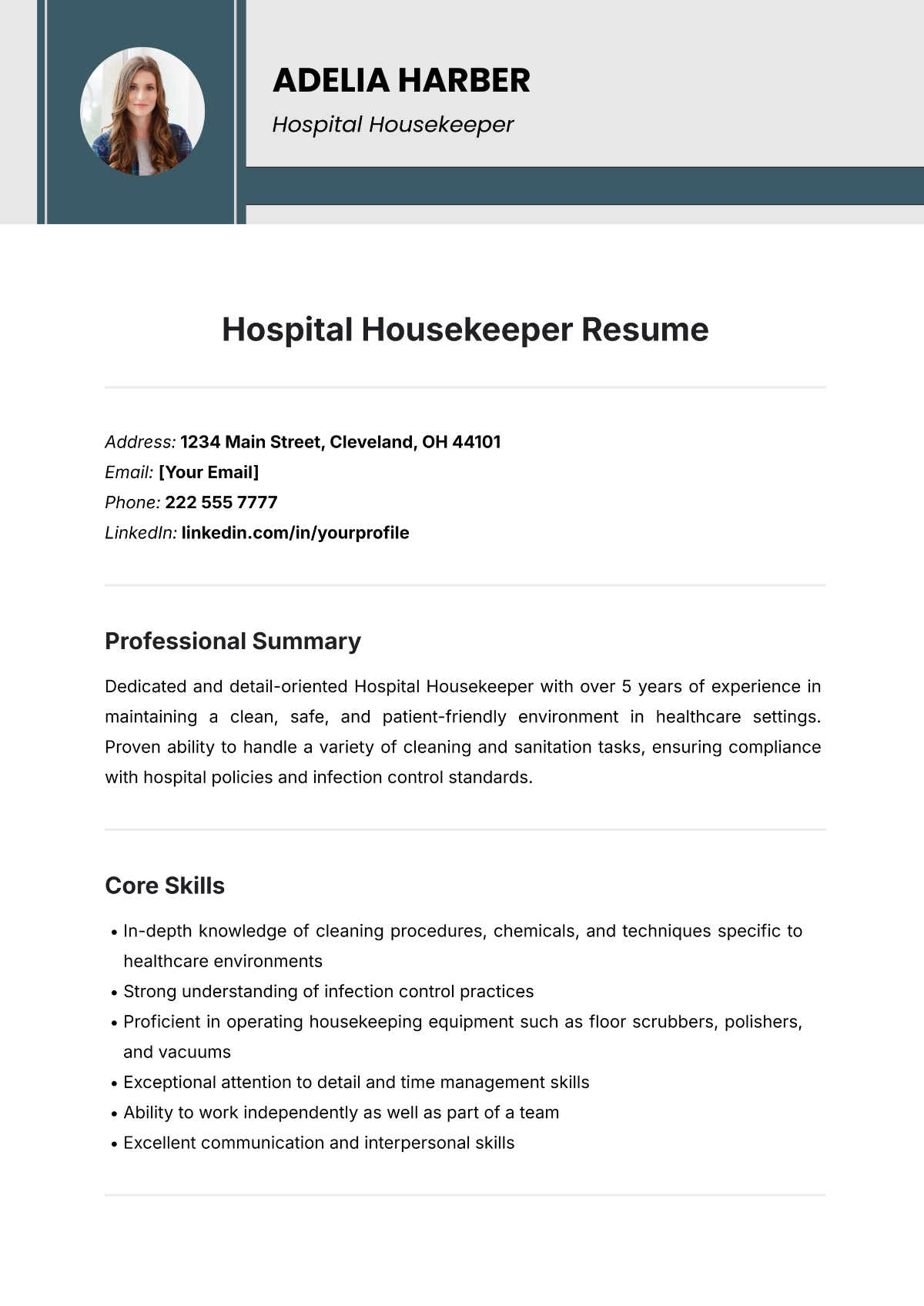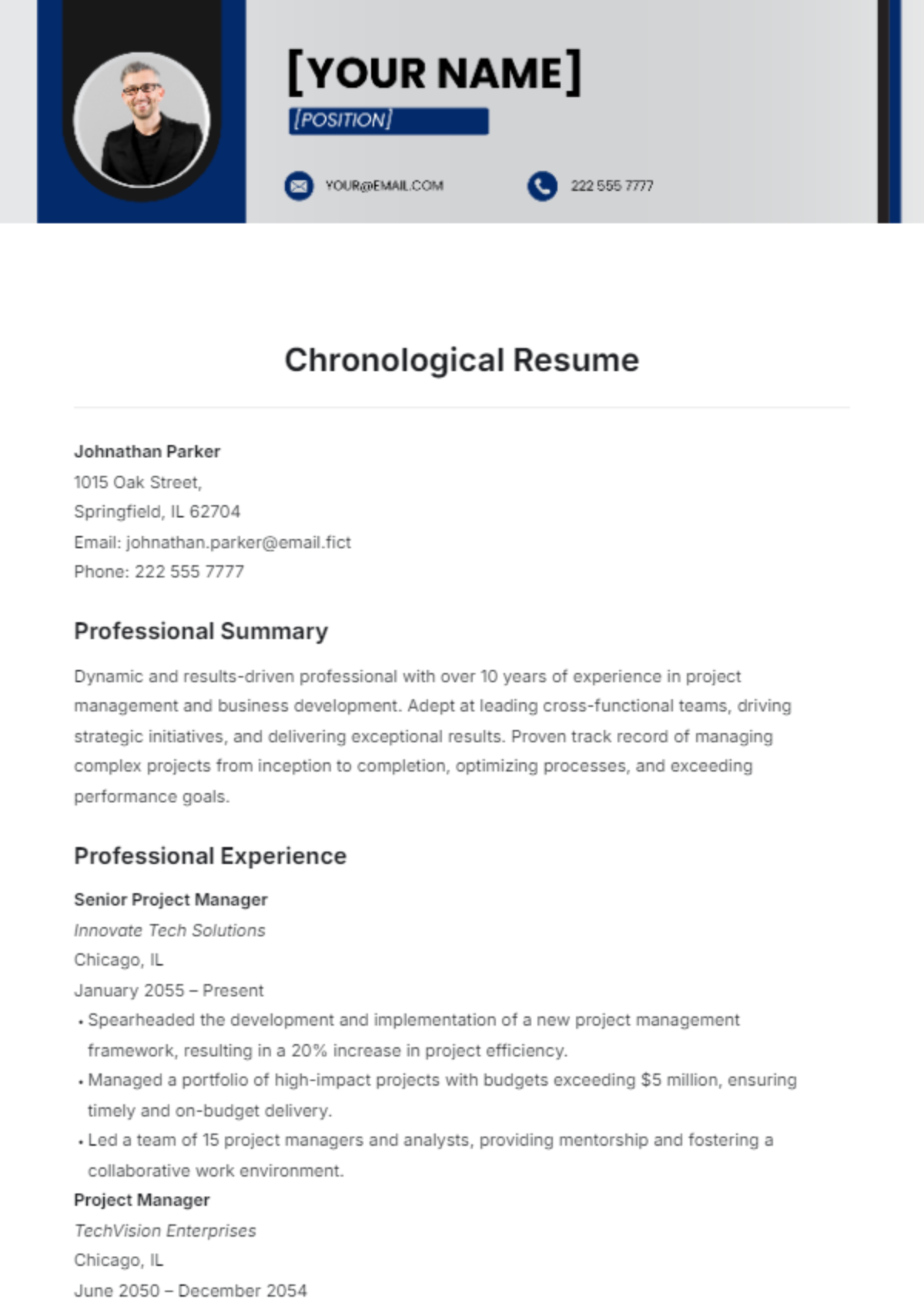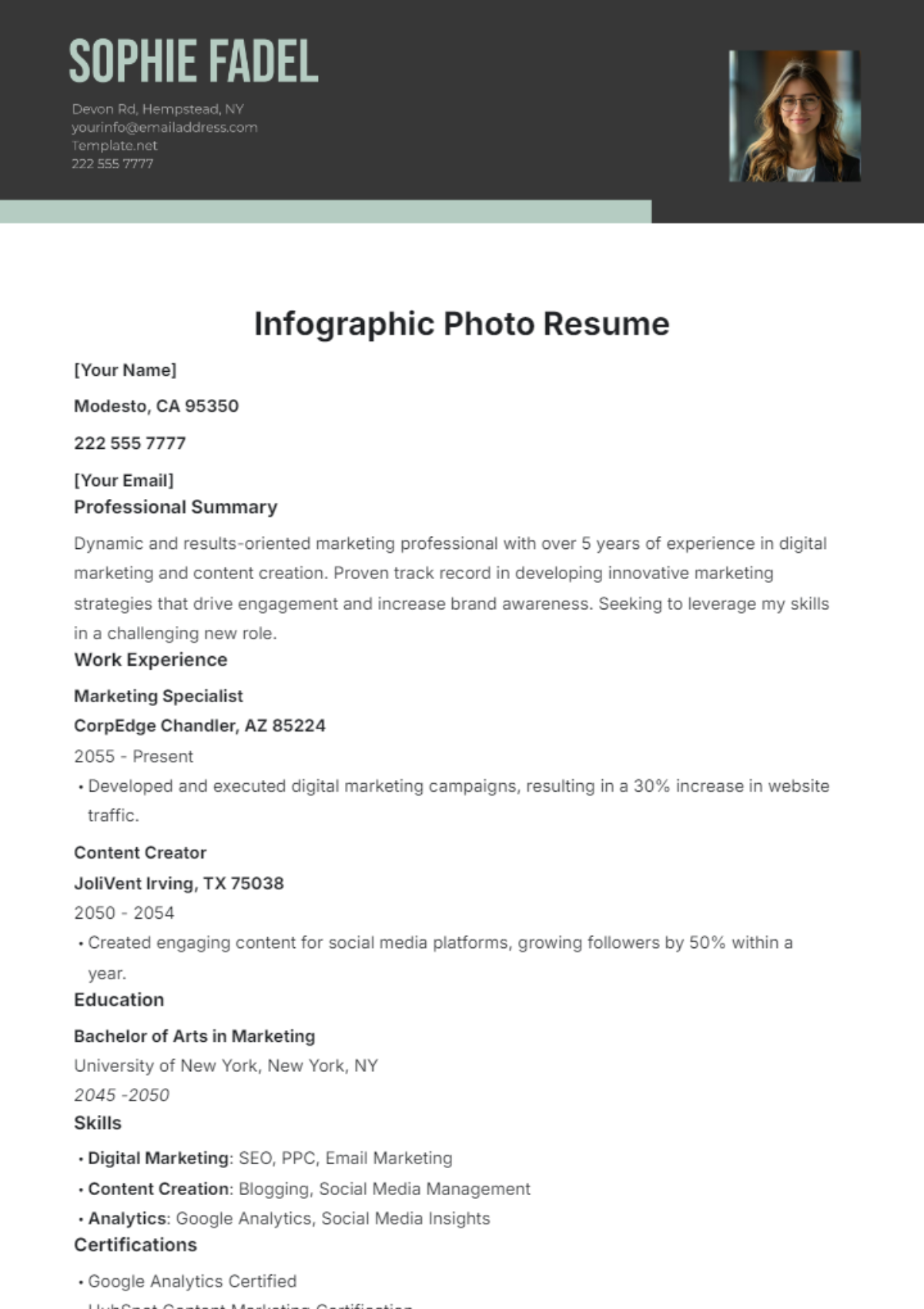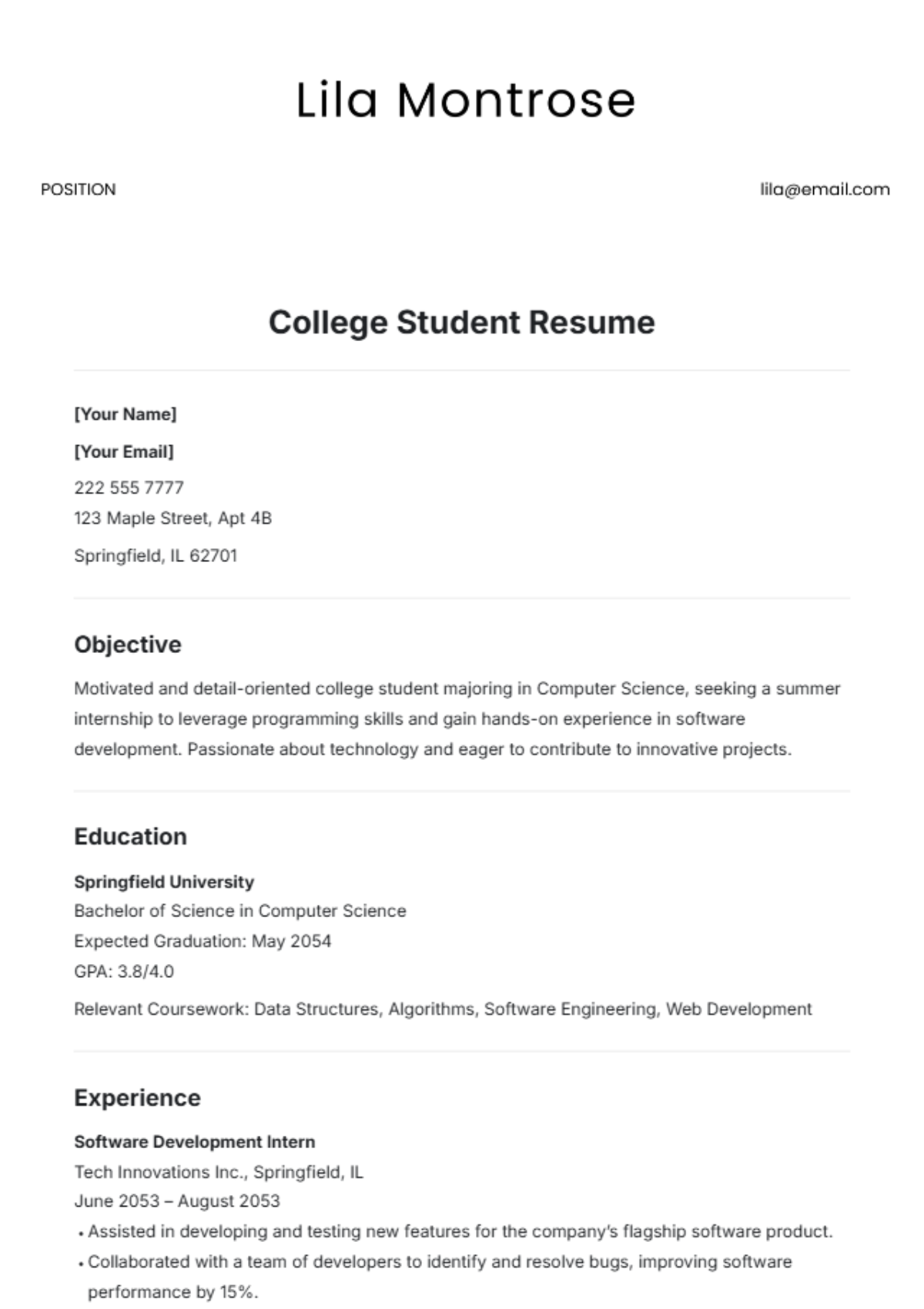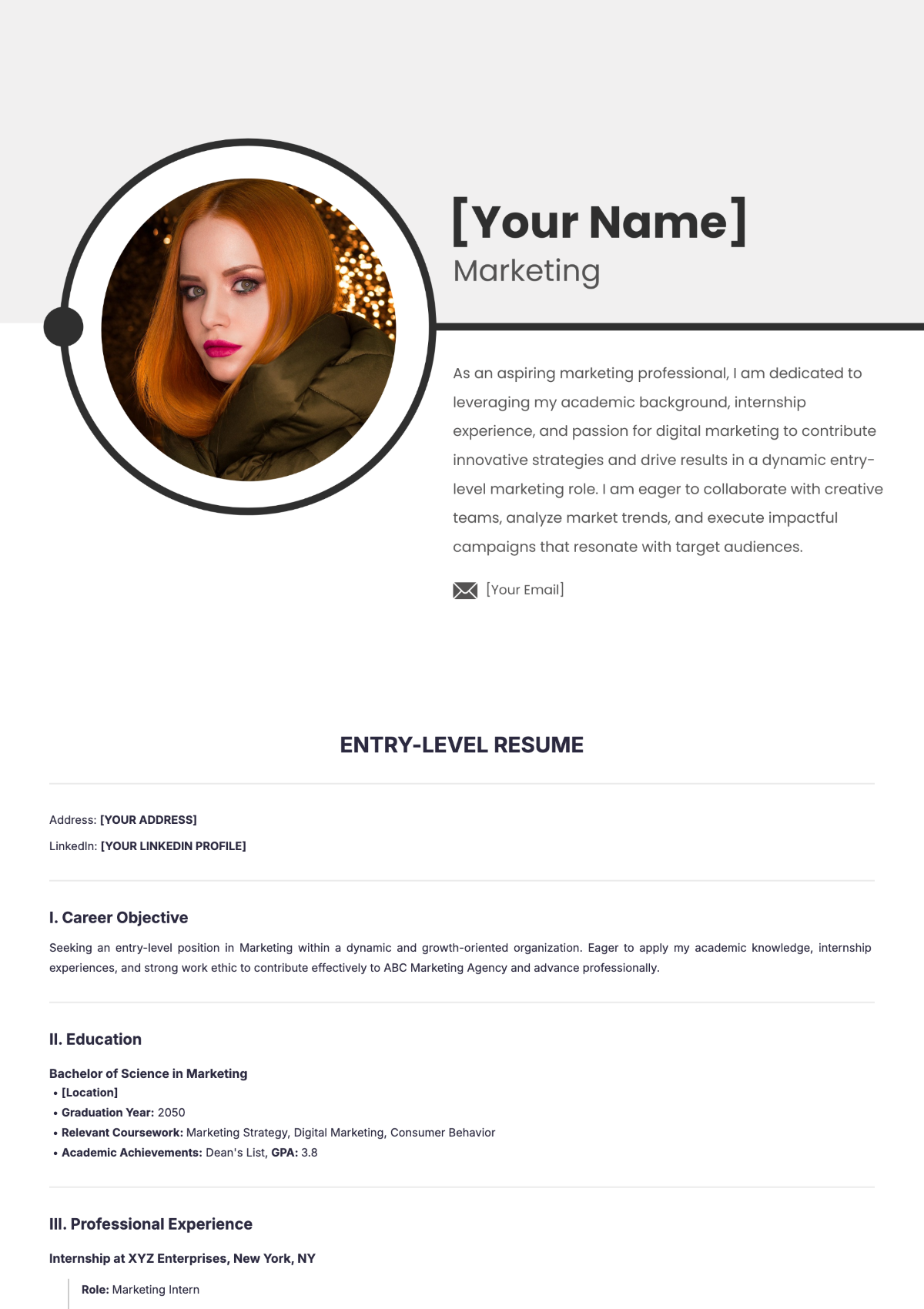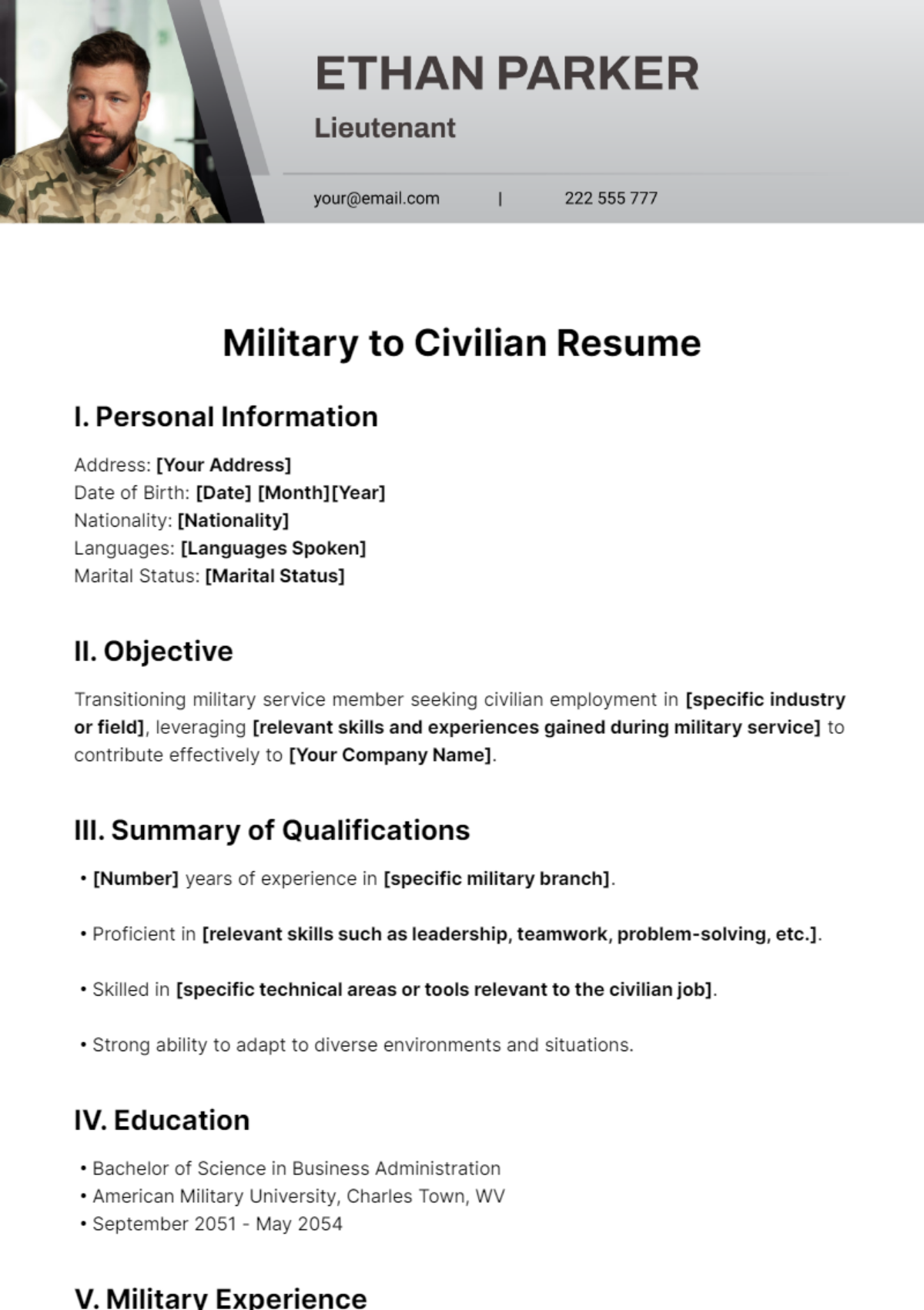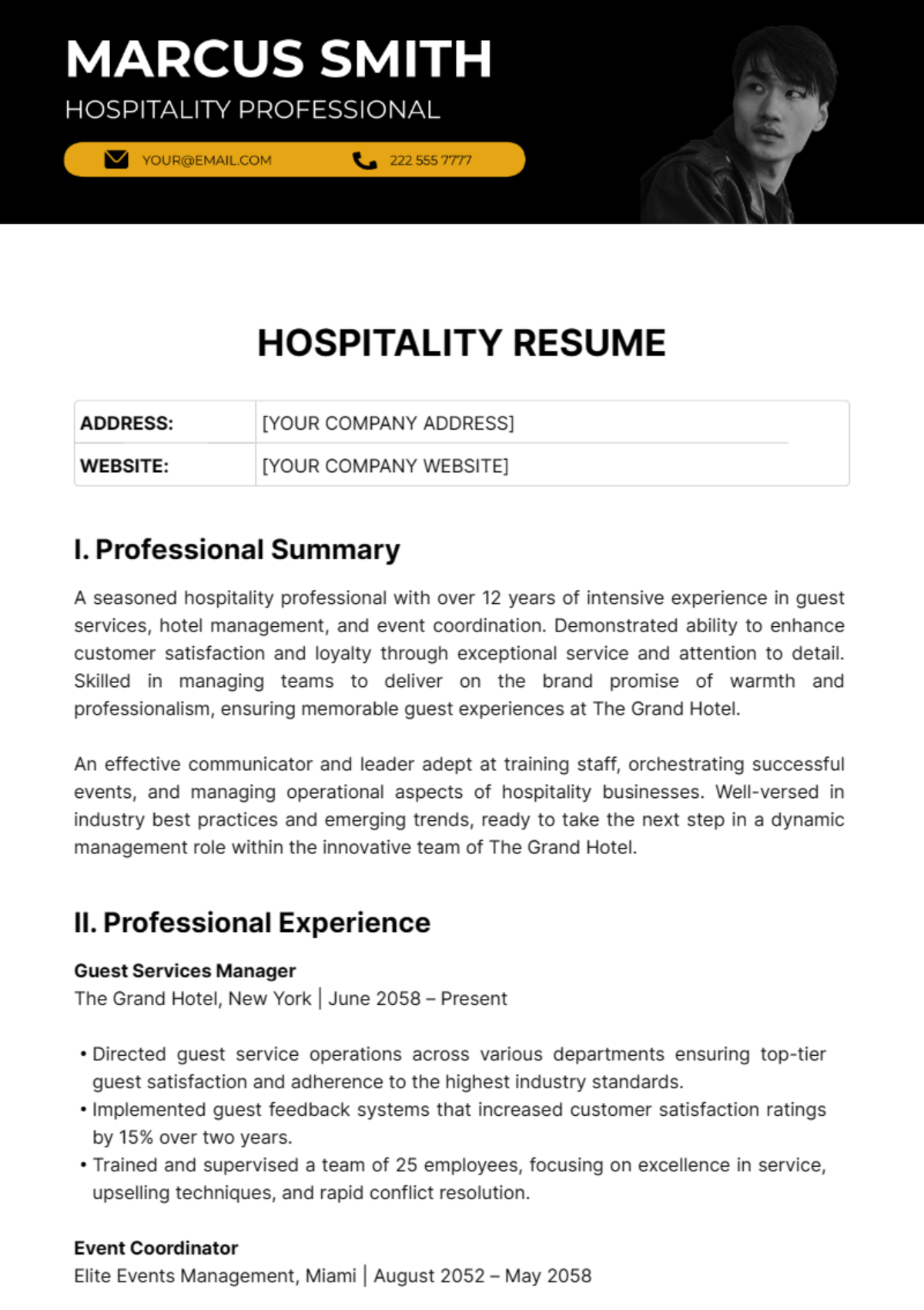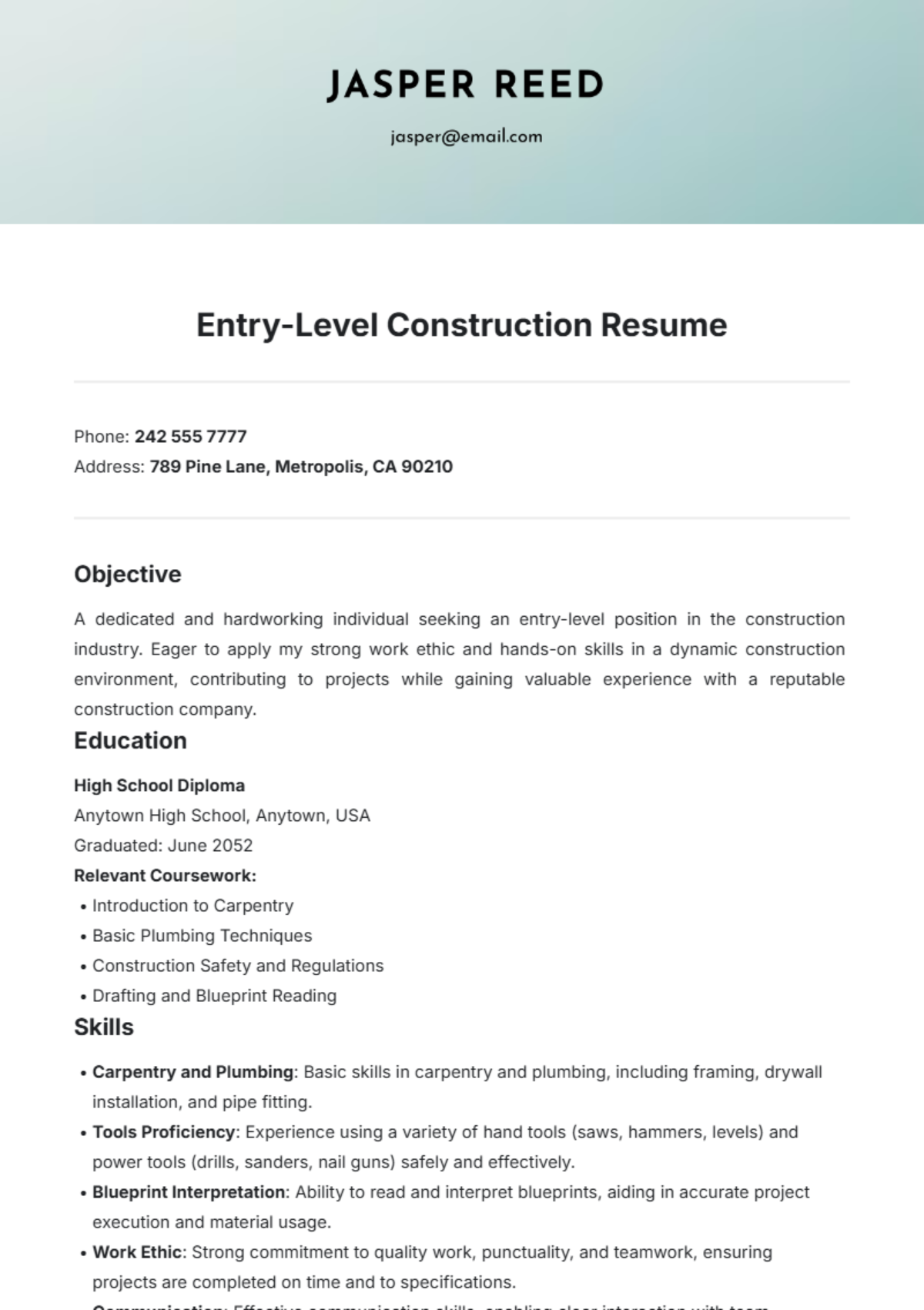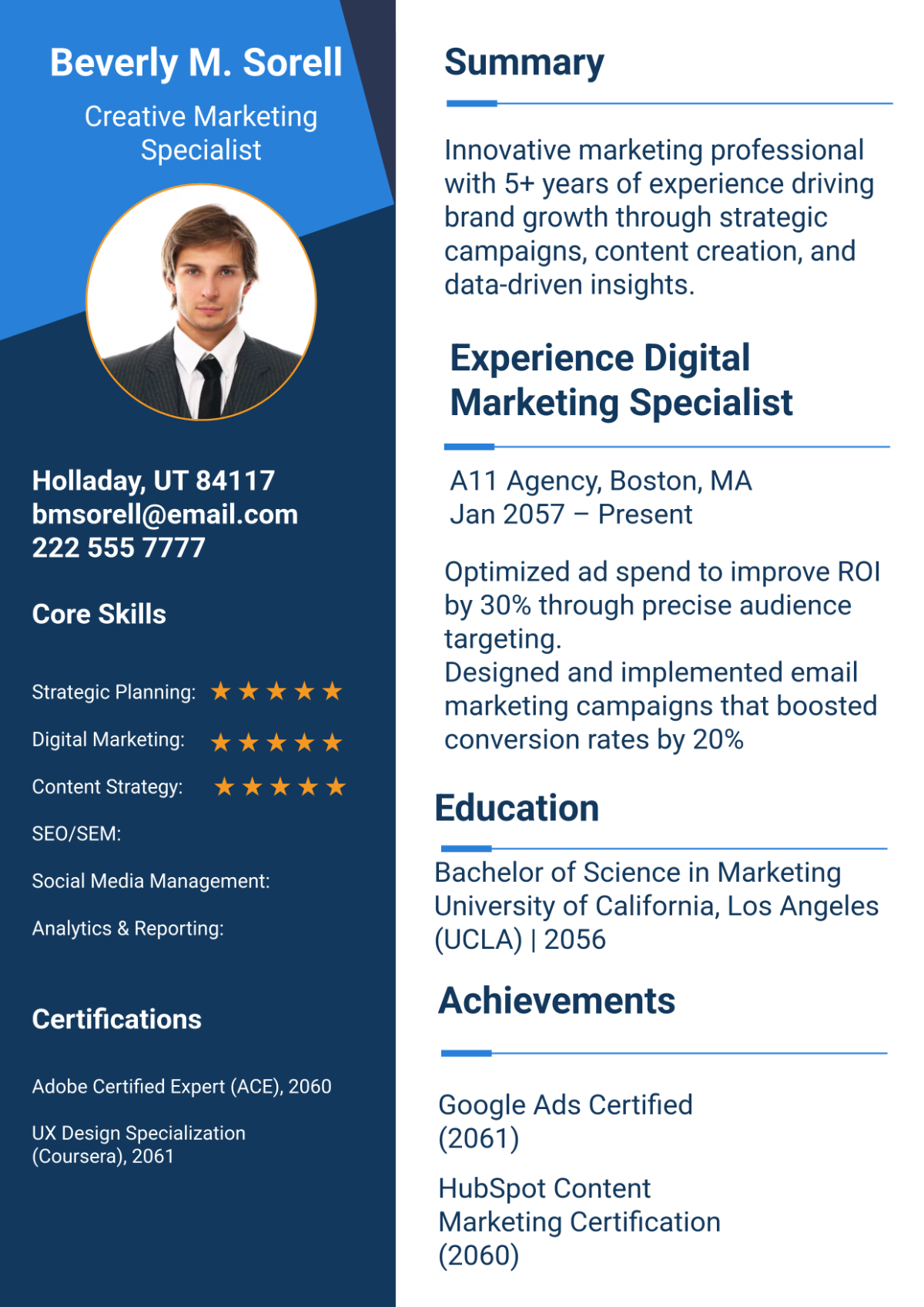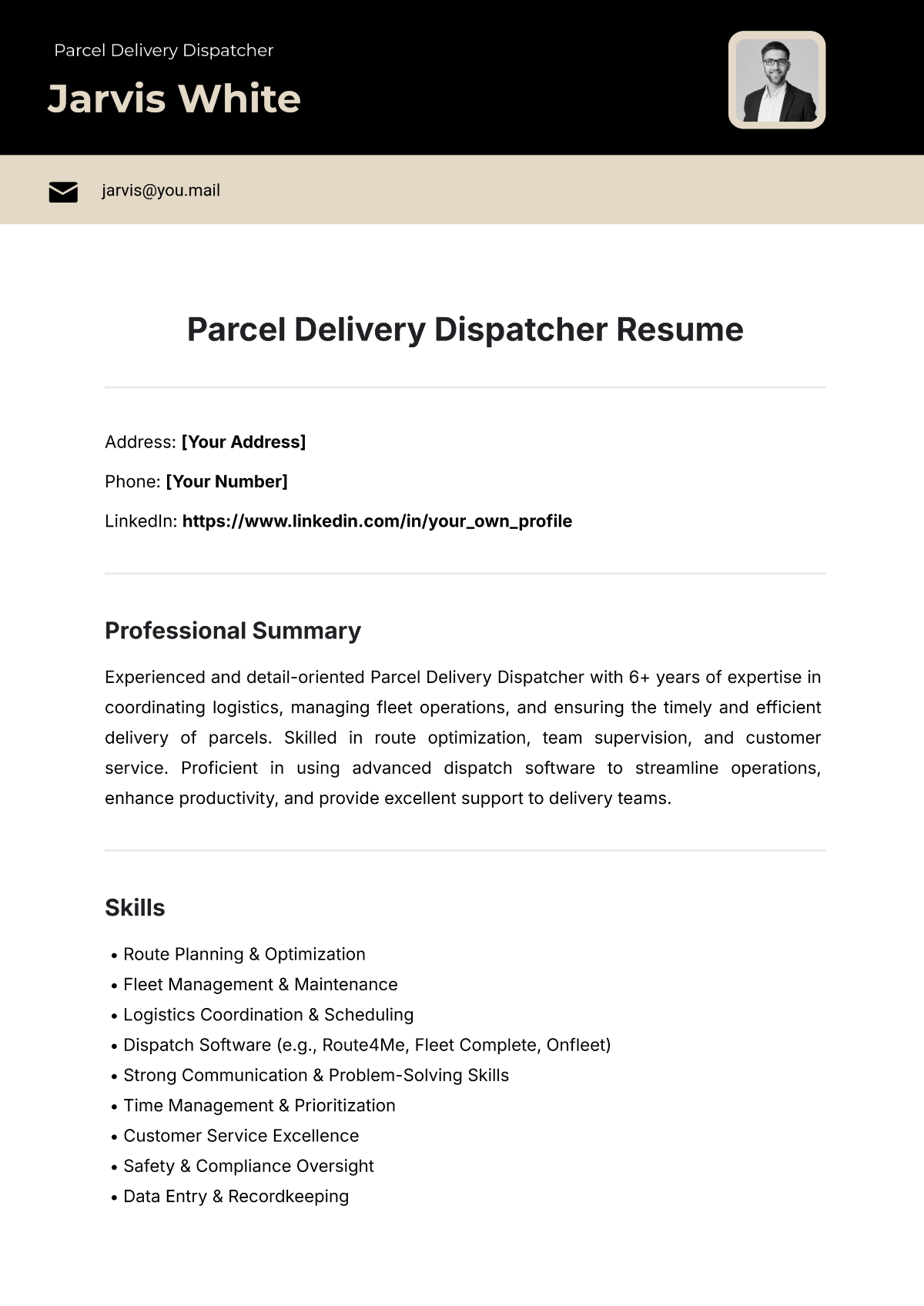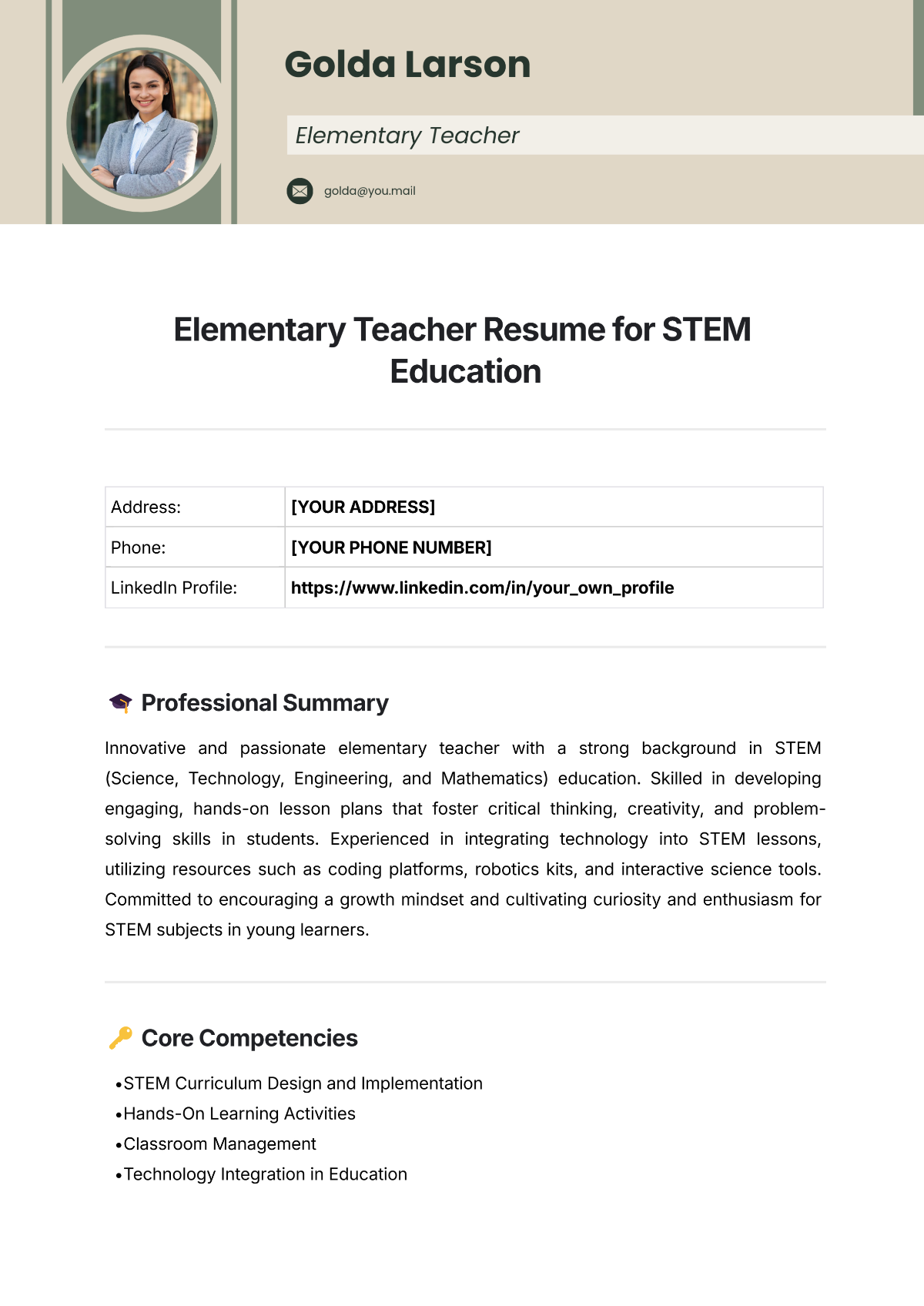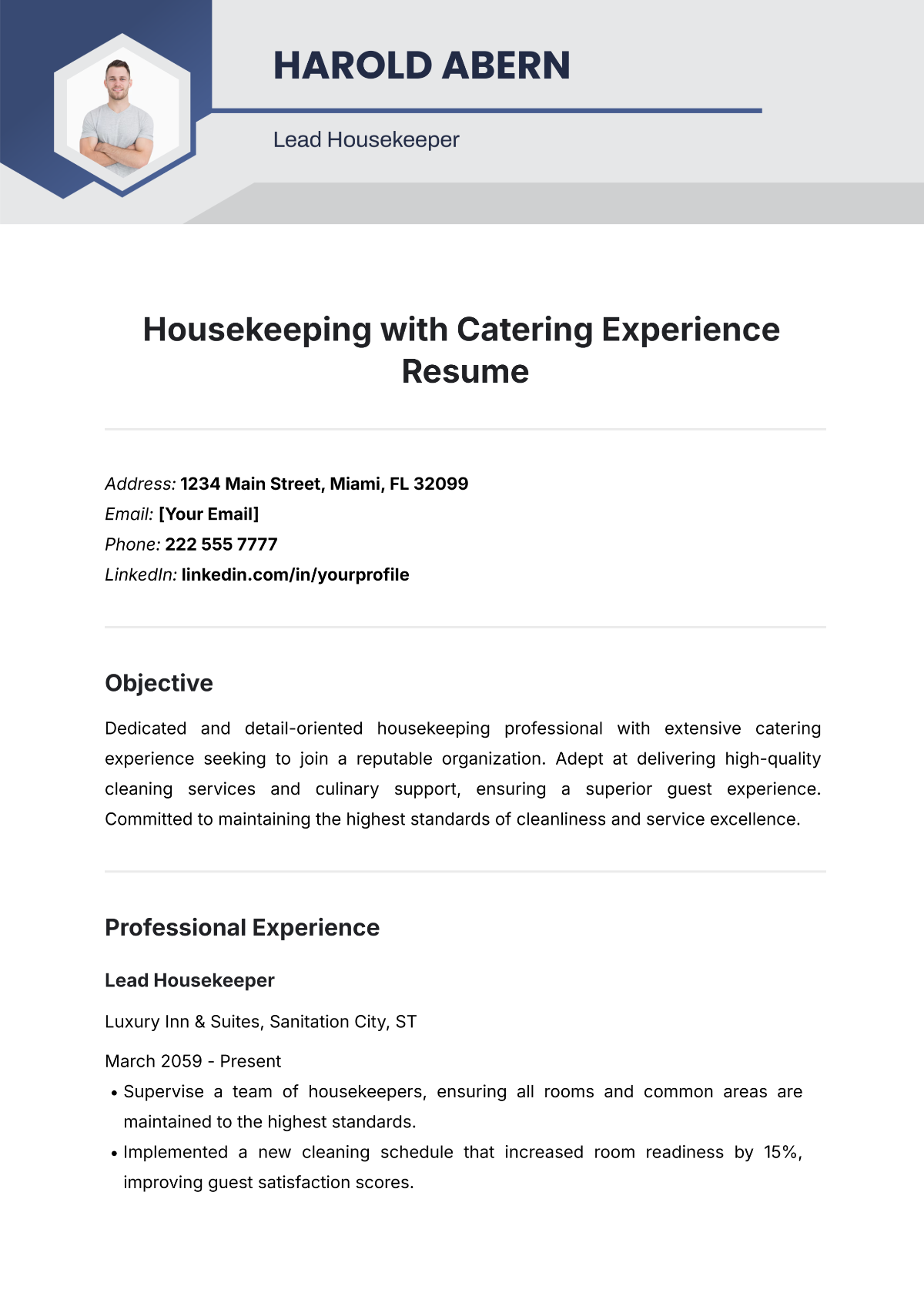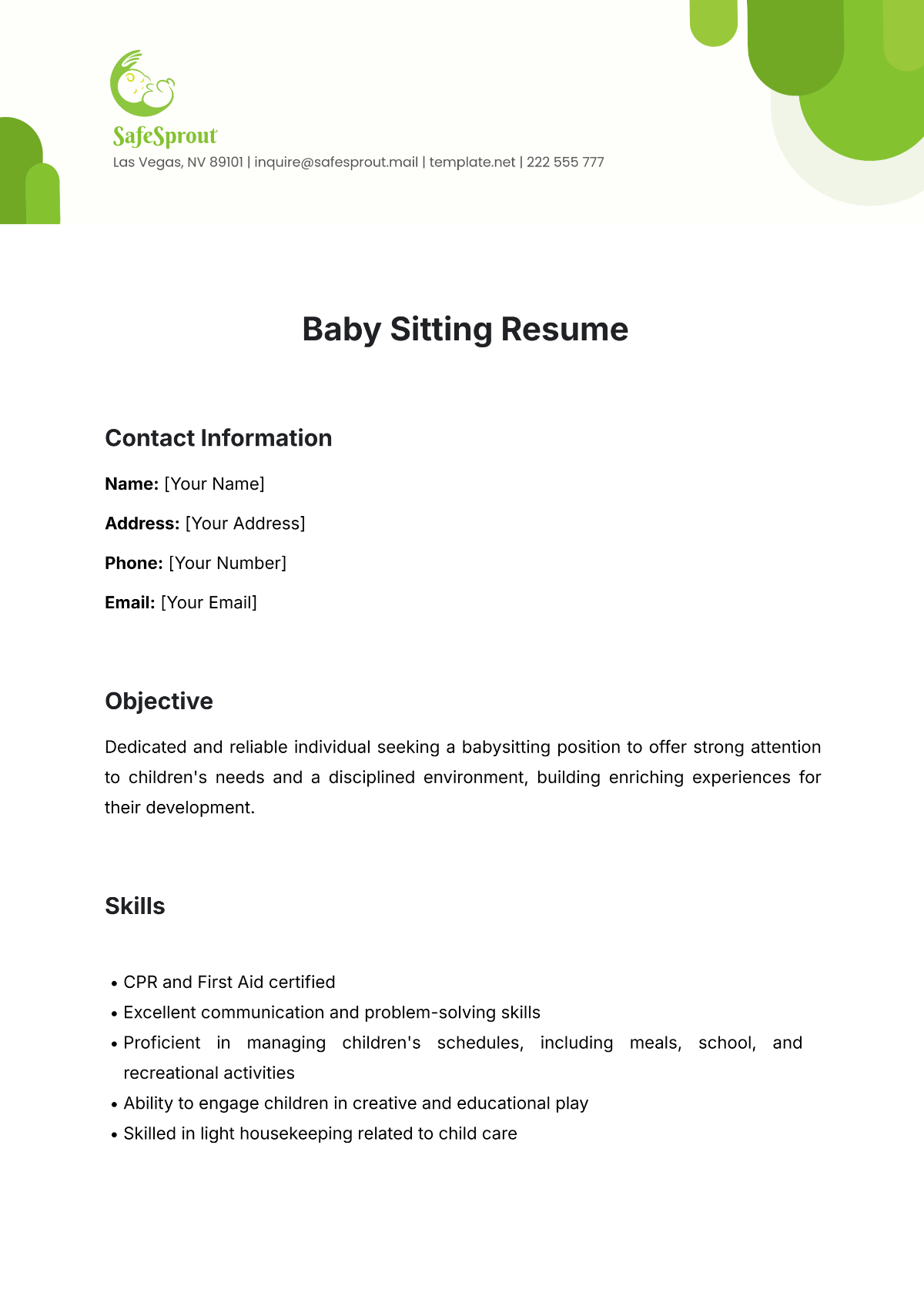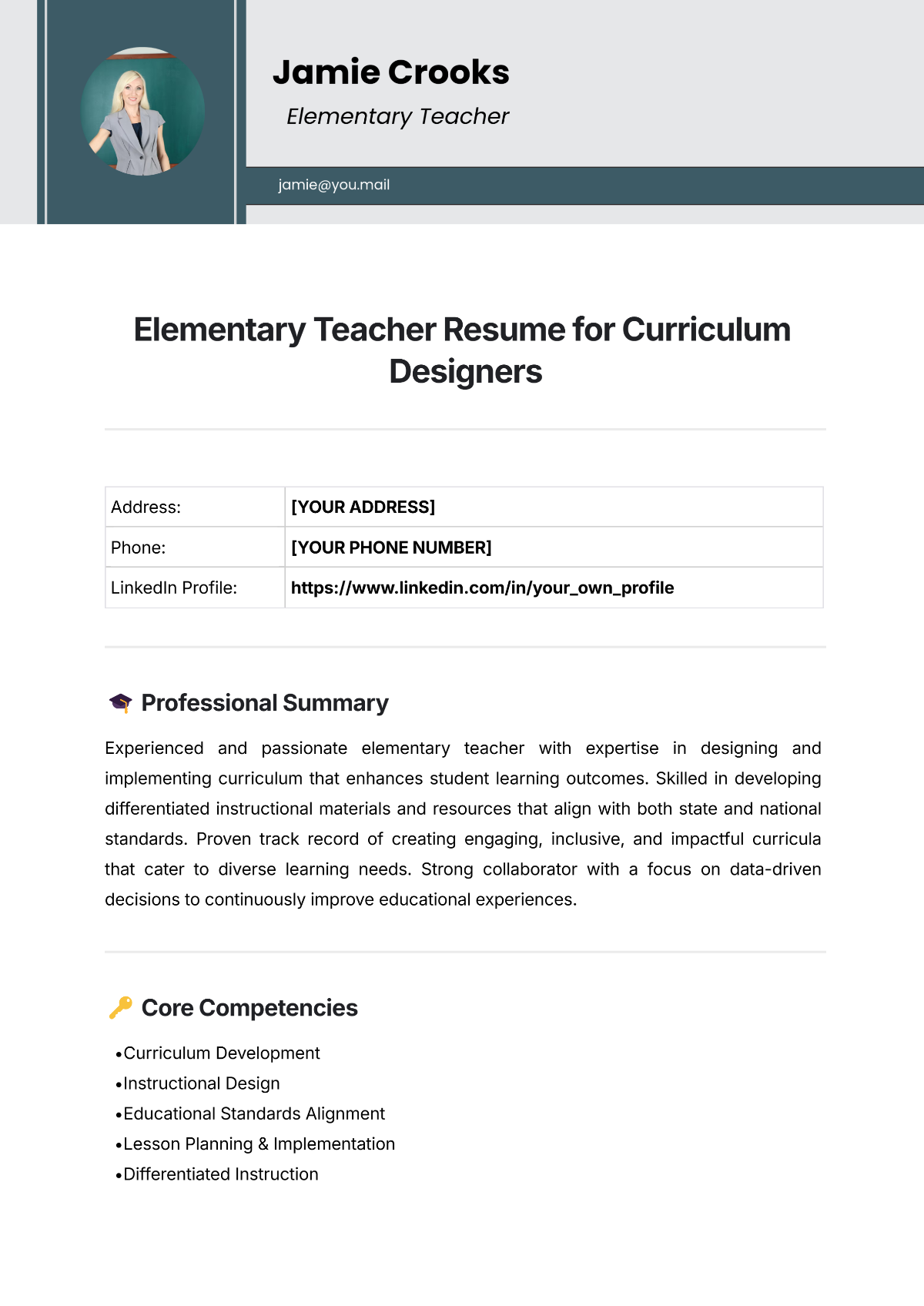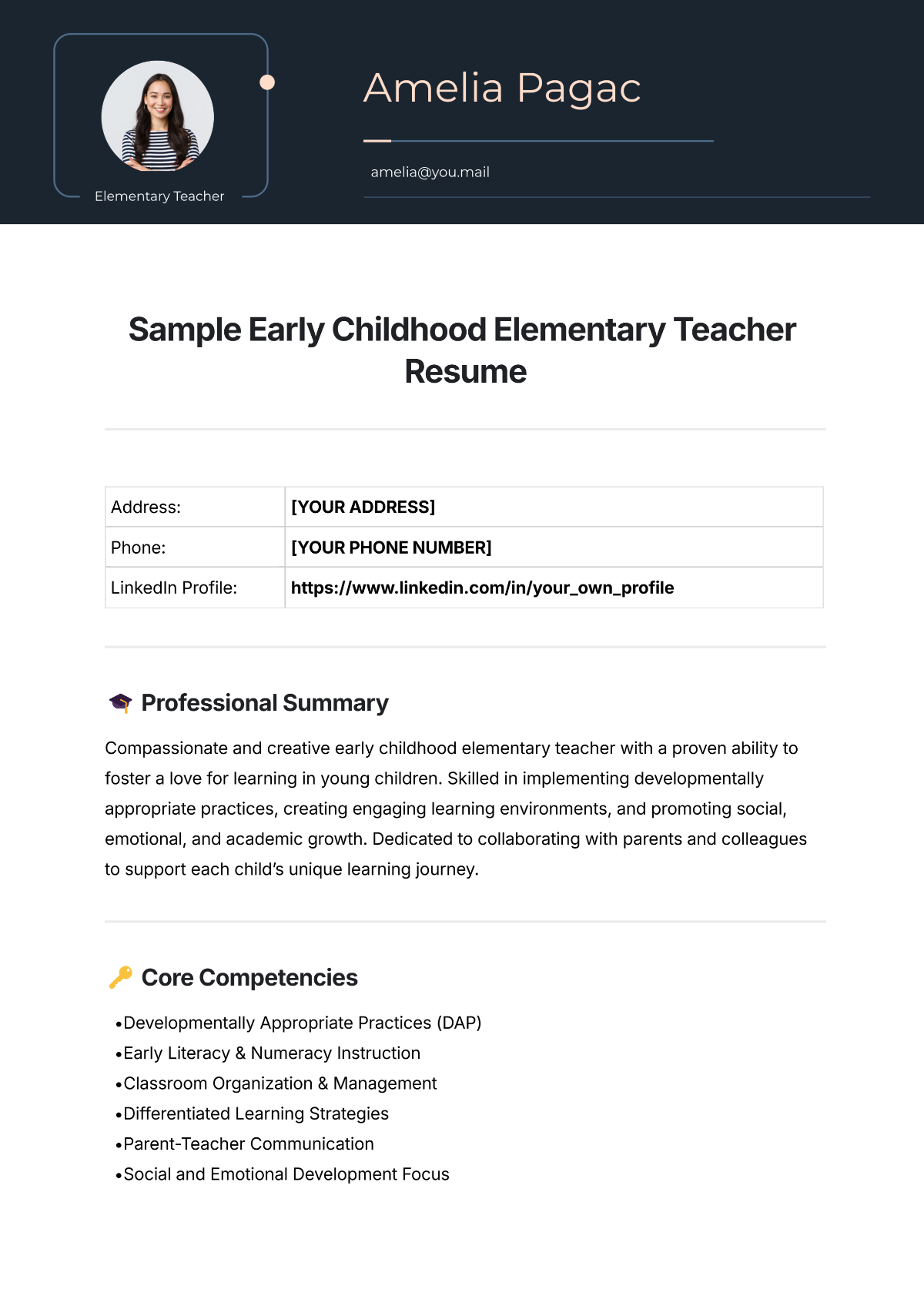Combination Resume Format
1. Contact Information
Place your full name at the top of the page, formatted in a larger font size to stand out.
Include your phone number, email address, and LinkedIn profile link (optional but recommended).
Avoid using nicknames or unprofessional email addresses.
2. Professional Summary
Write a concise 2–3 sentence summary highlighting your most relevant skills, experiences, and career goals.
Focus on what makes you an ideal candidate for the specific role you are targeting.
Example starting phrases: "Experienced professional with expertise in..." or "Results-driven [job title] specializing in...".
3. Key Skills
Use bullet points or a categorized list to showcase your most relevant skills.
Include both technical and soft skills (e.g., software proficiency, leadership, communication).
Tailor this section to the job description to align with the employer’s needs.
4. Professional Experience (Reverse Chronological Order)
Job Title – Company Name (City, State)
Dates of Employment (Month/Year – Month/Year)Start each bullet point with a strong action verb (e.g., “Led,” “Implemented,” “Developed”).
Highlight accomplishments using measurable results when possible (e.g., "Increased sales by 15% over six months").
Focus on achievements rather than listing responsibilities.
Repeat this structure for each position. Include only roles relevant to the job you're applying for.
5. Education
Degree/Certification – Institution Name (City, State)
Graduation Year or Years AttendedInclude relevant coursework or academic honors if applicable.
Mention certifications or training programs that directly relate to the job.
6. Additional Sections (Optional)
Certifications: Include any certifications relevant to the position. List the name, issuing organization, and date obtained.
Volunteer Experience: If applicable, format this similarly to professional experience, focusing on accomplishments.
Projects: Highlight major projects that demonstrate your expertise, particularly if you're transitioning careers.
